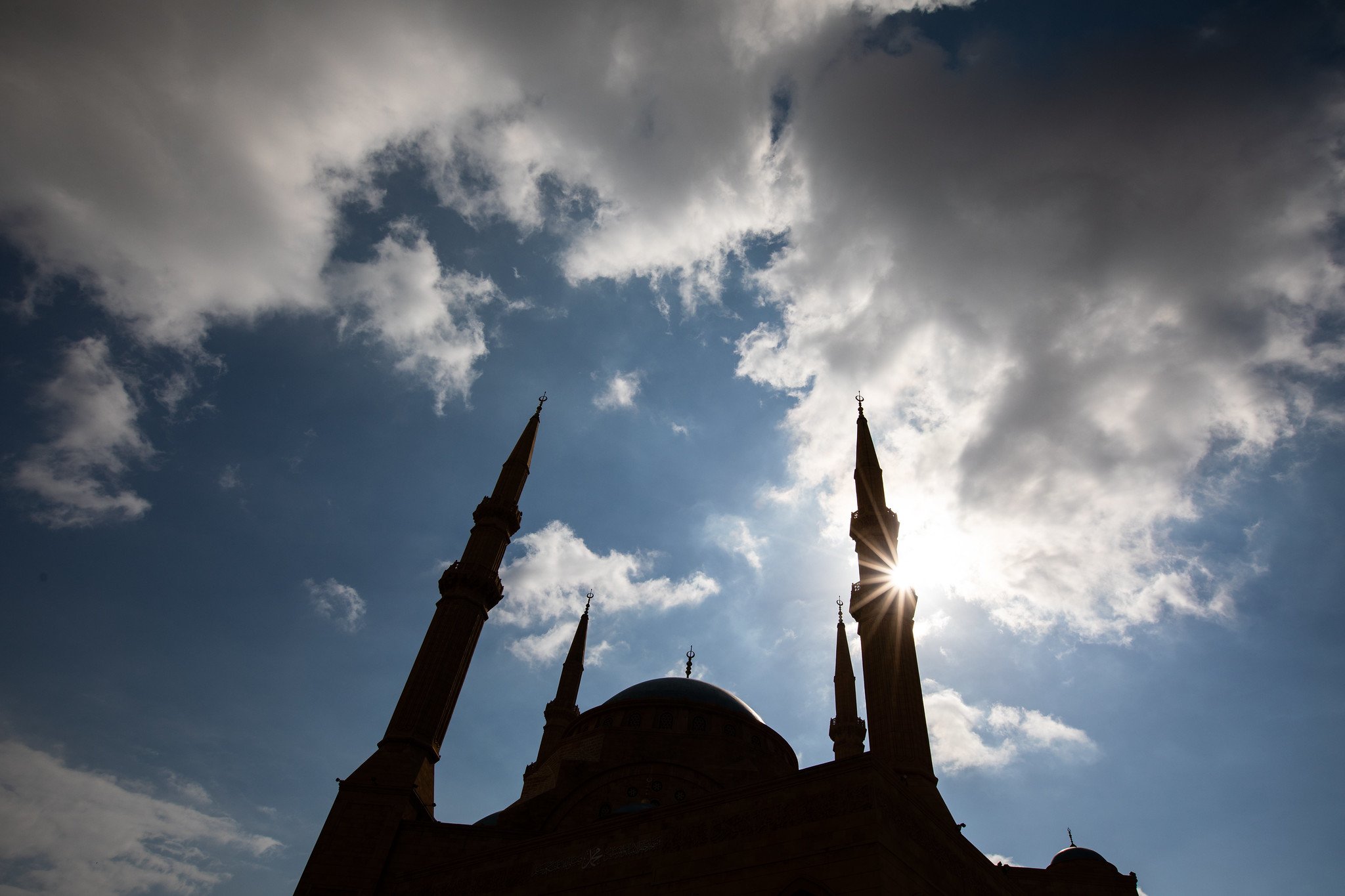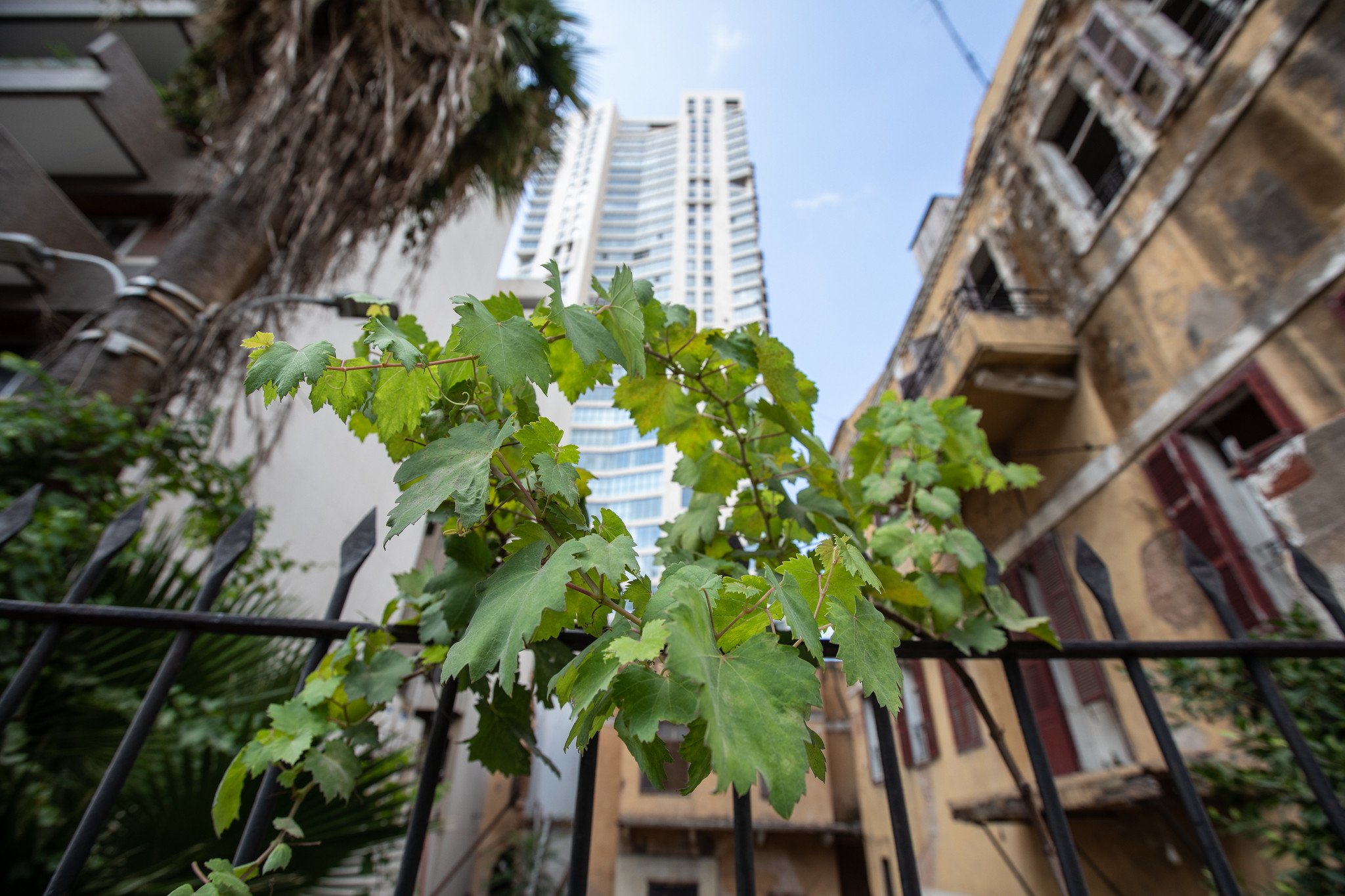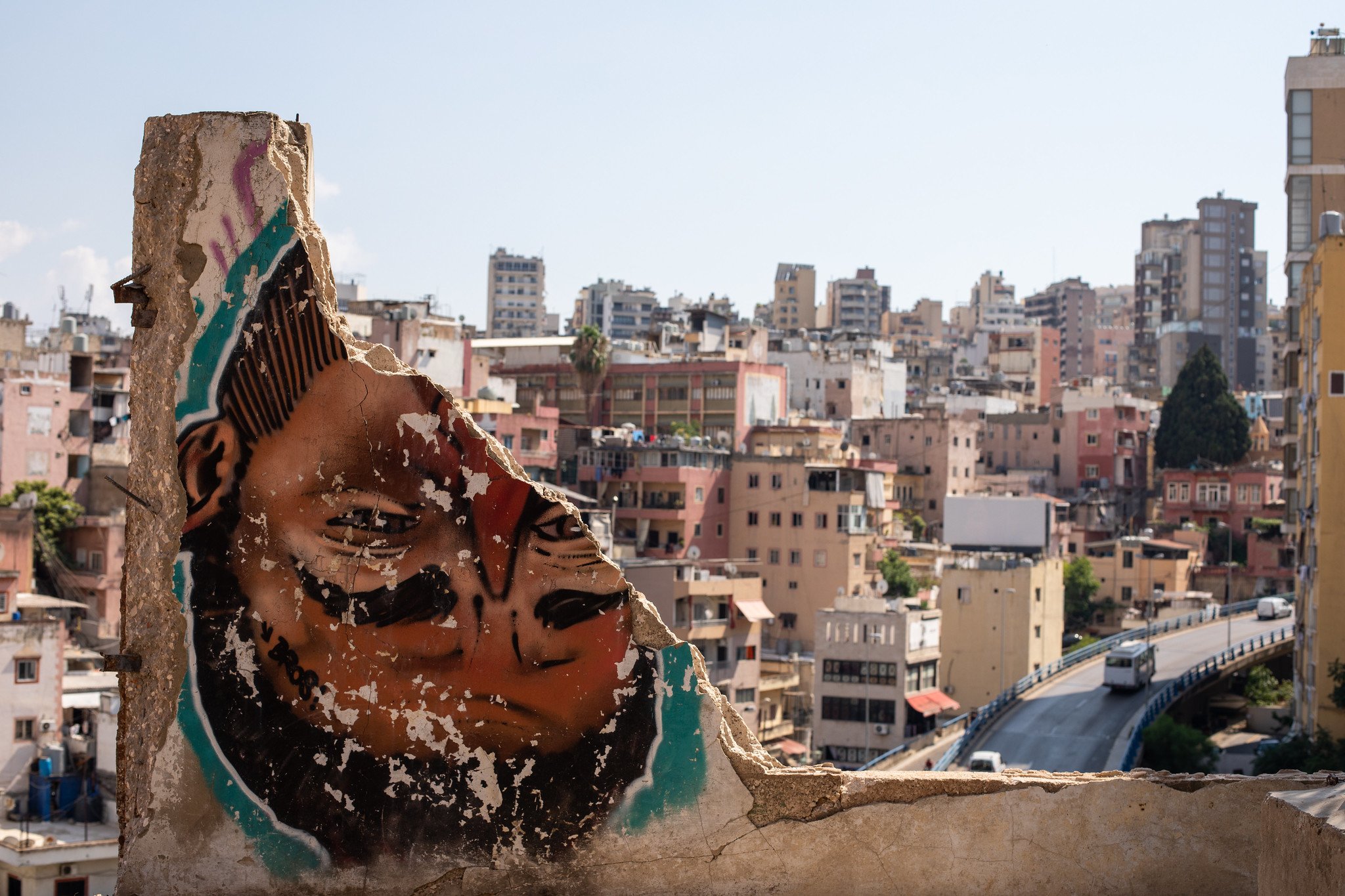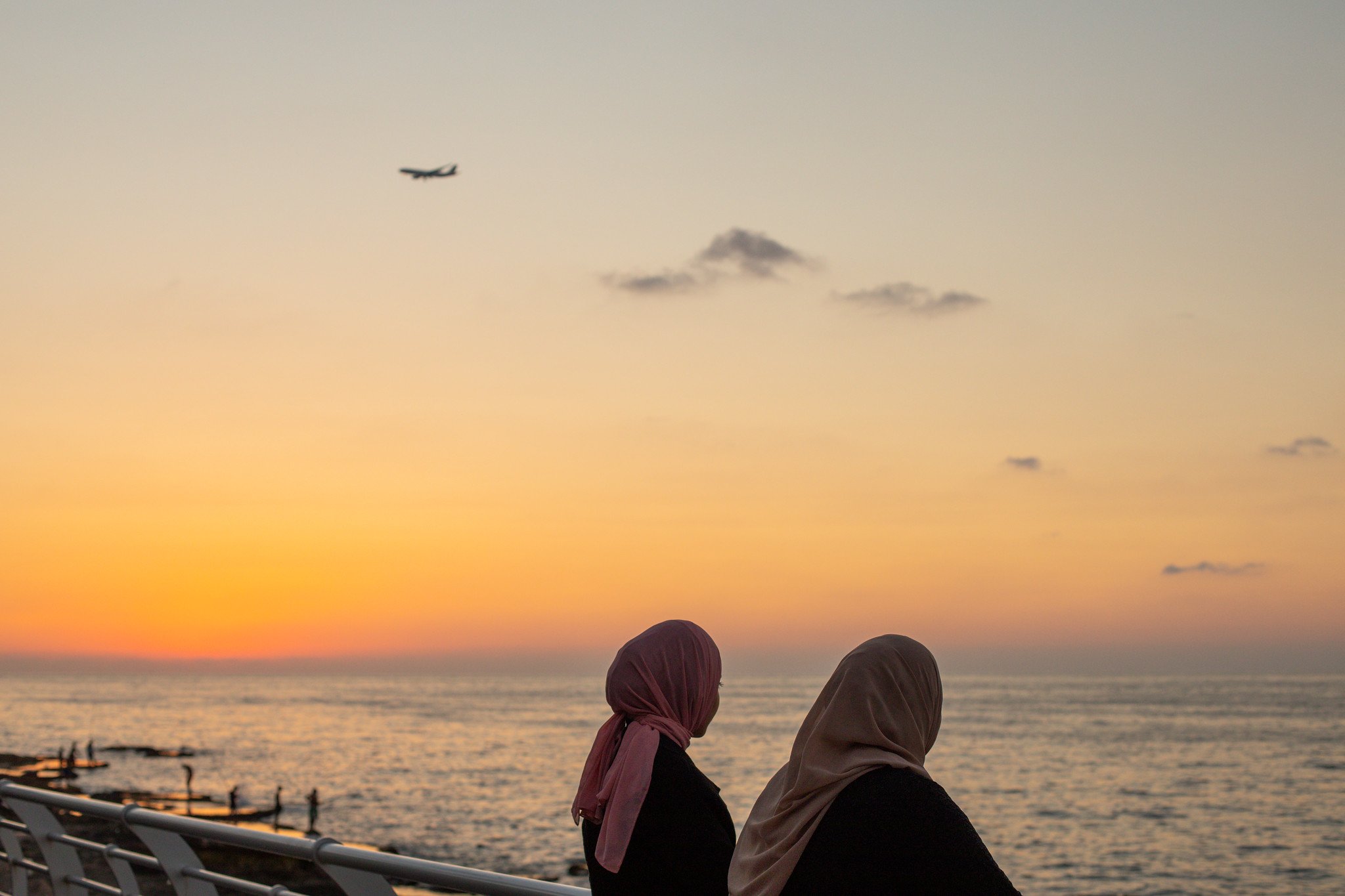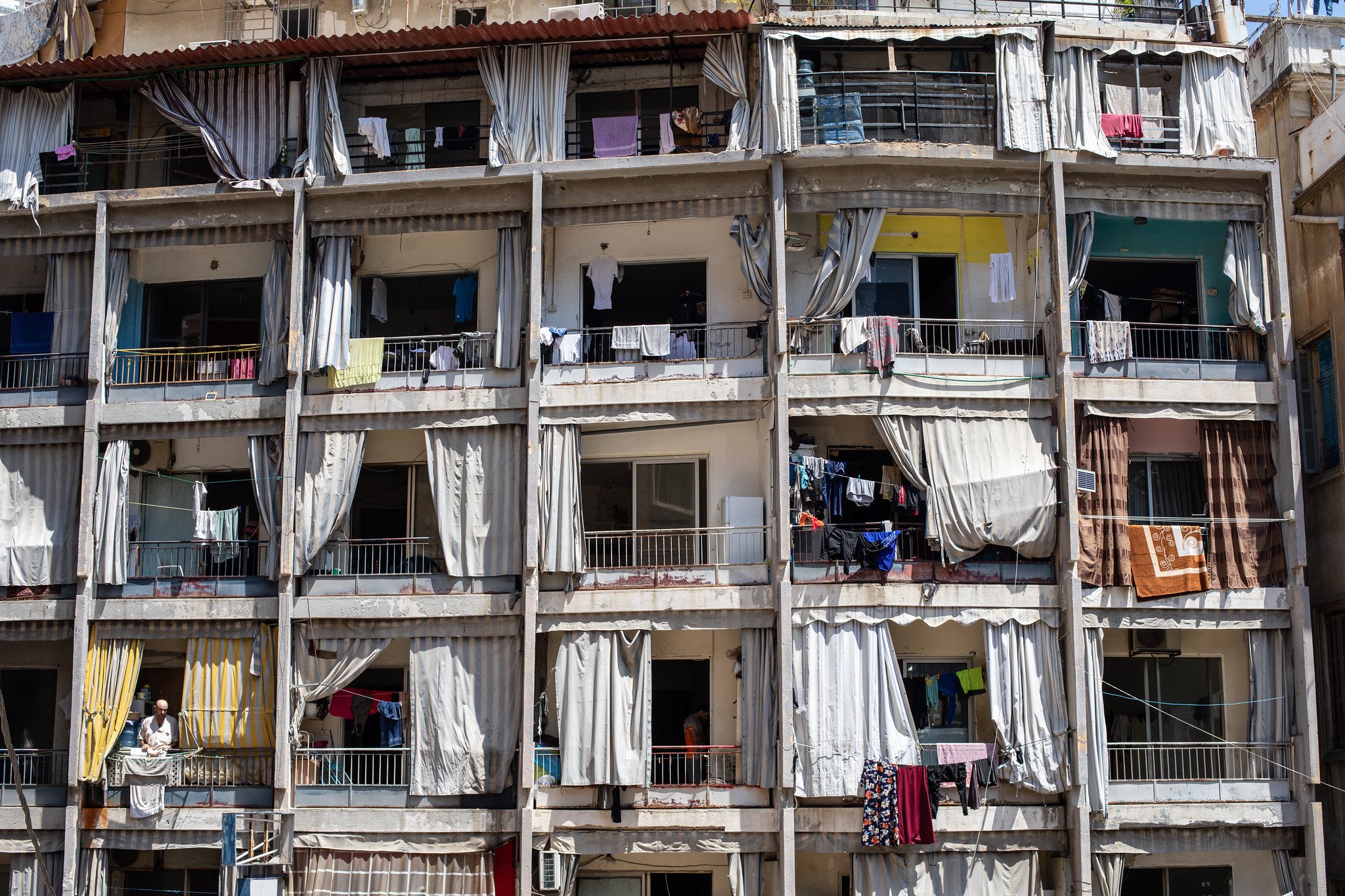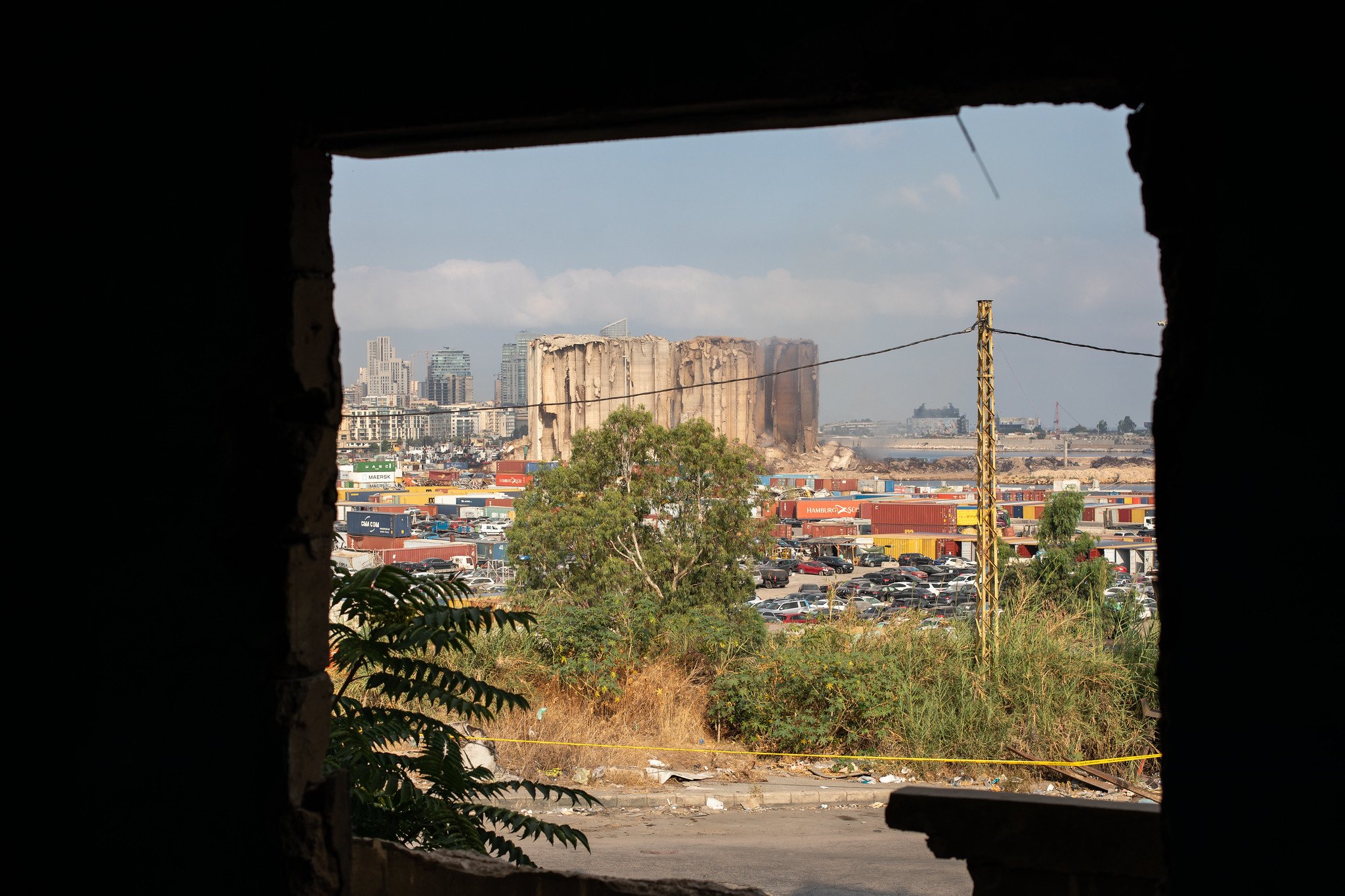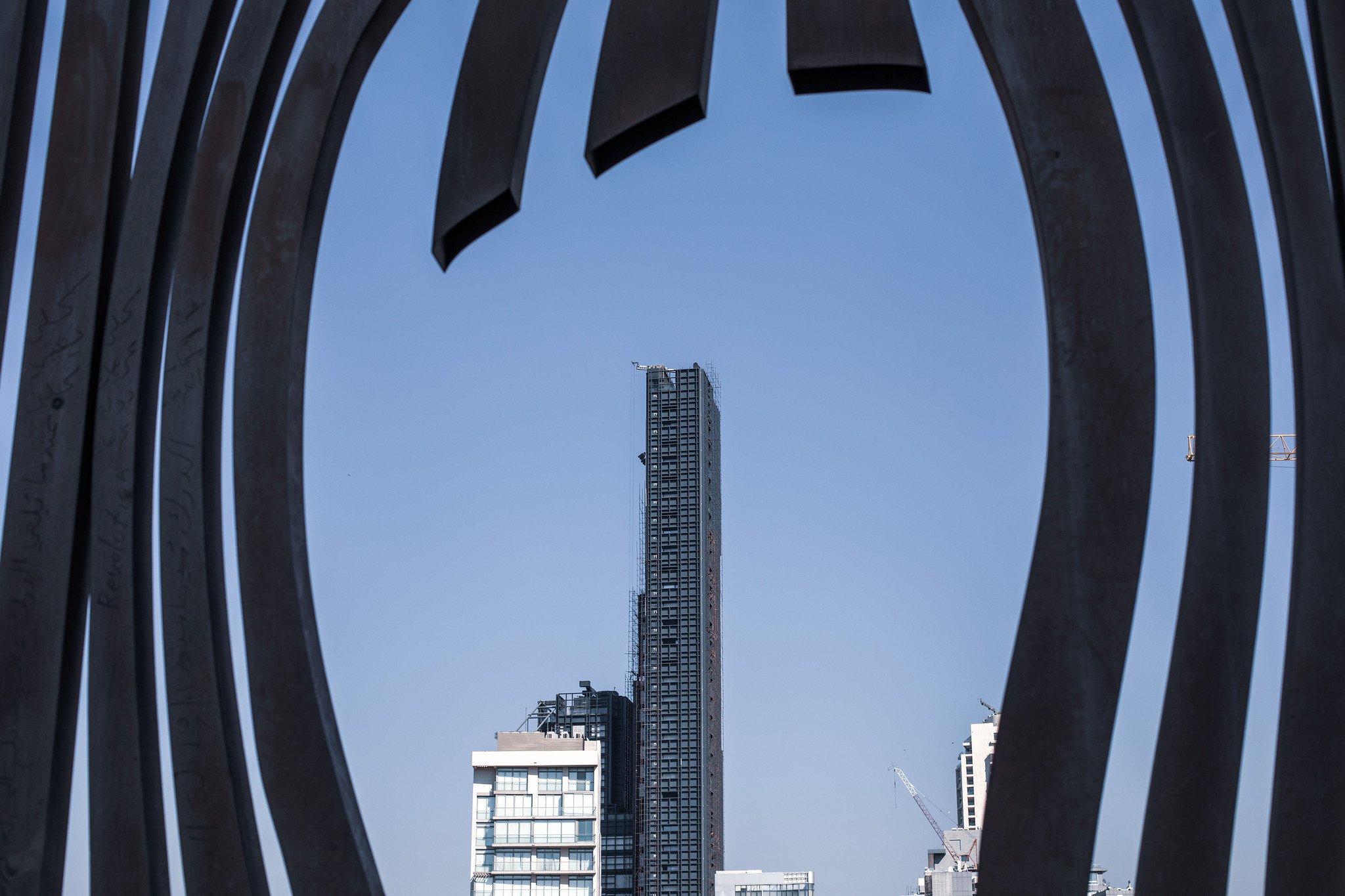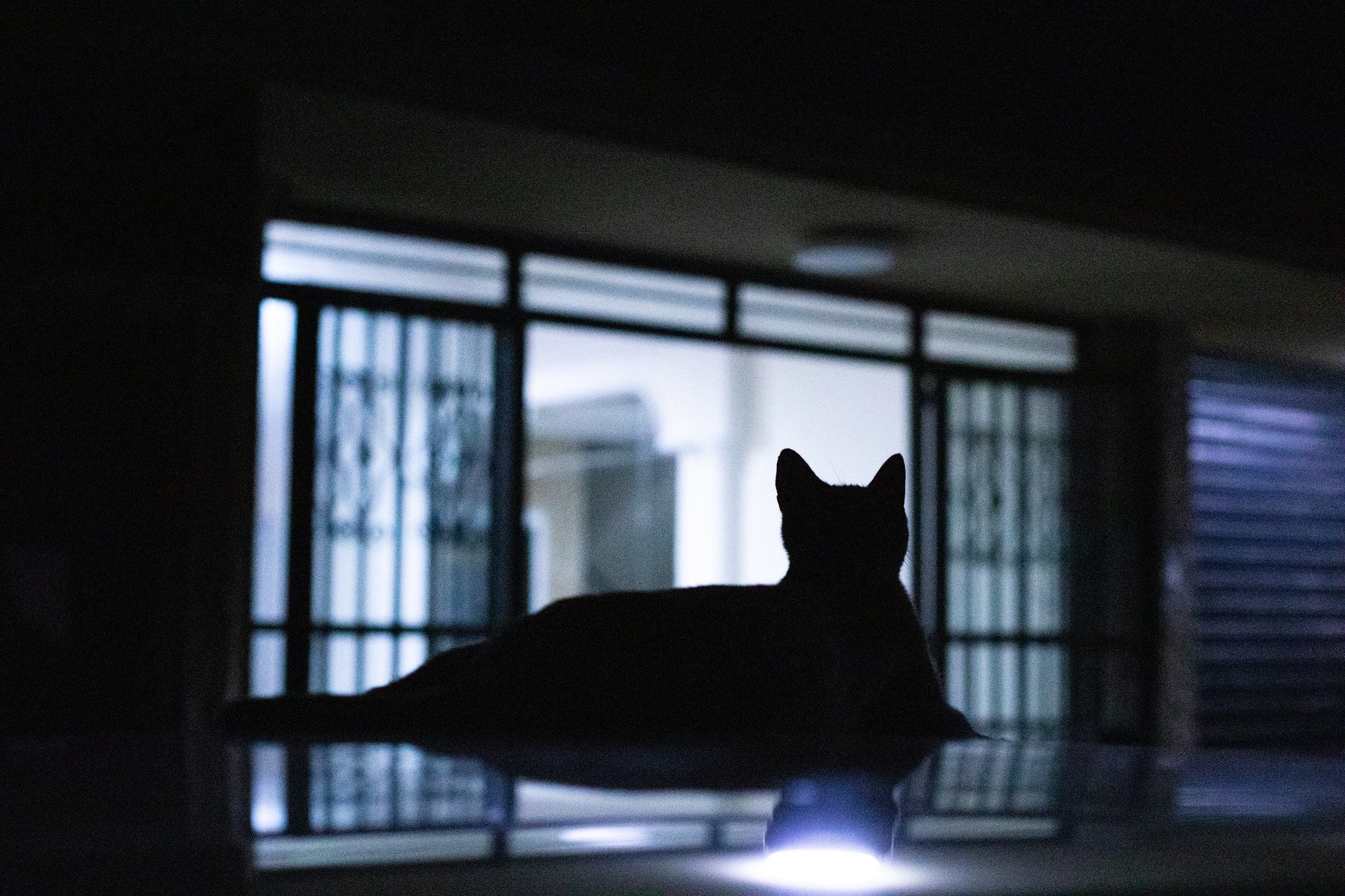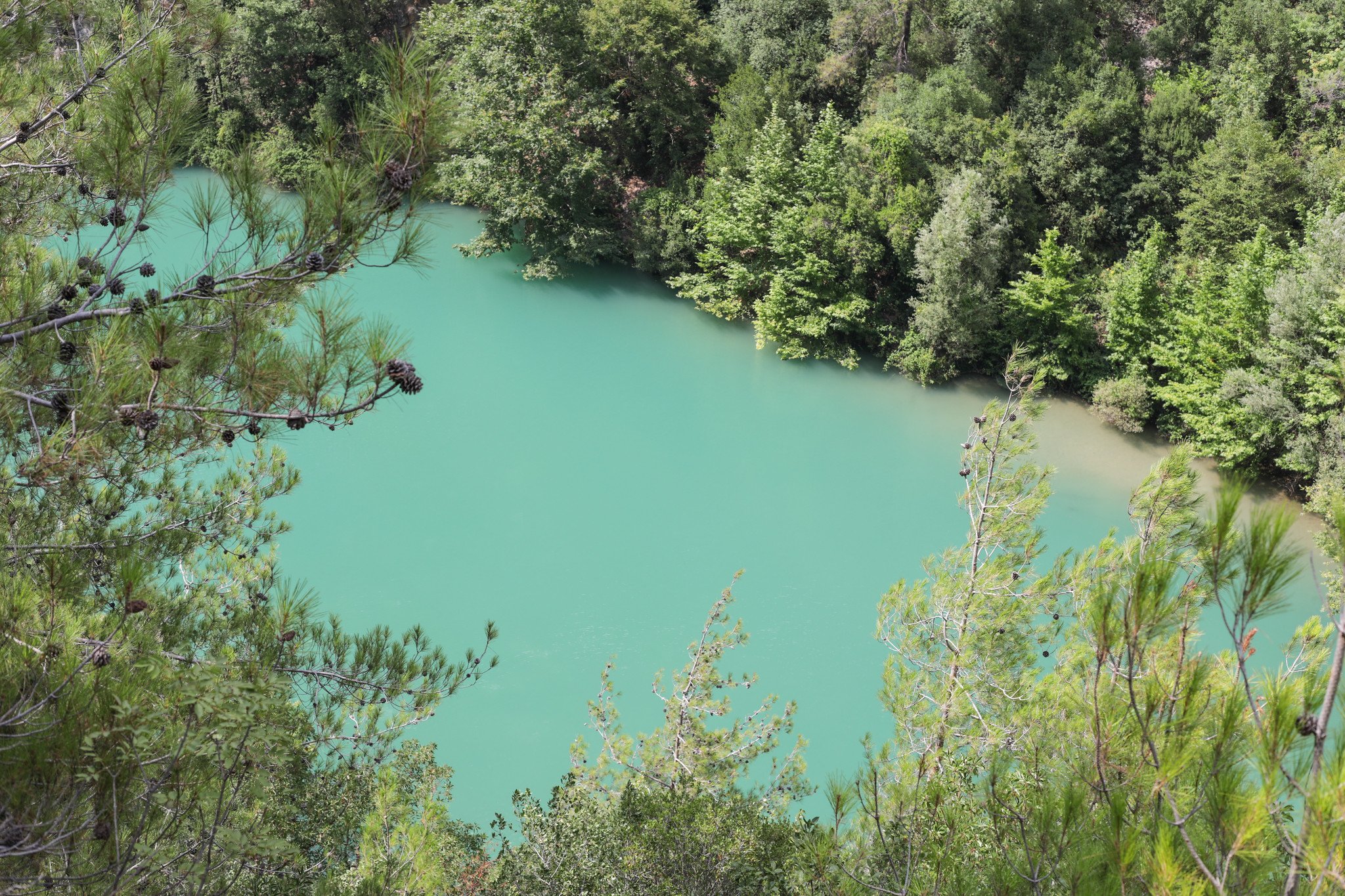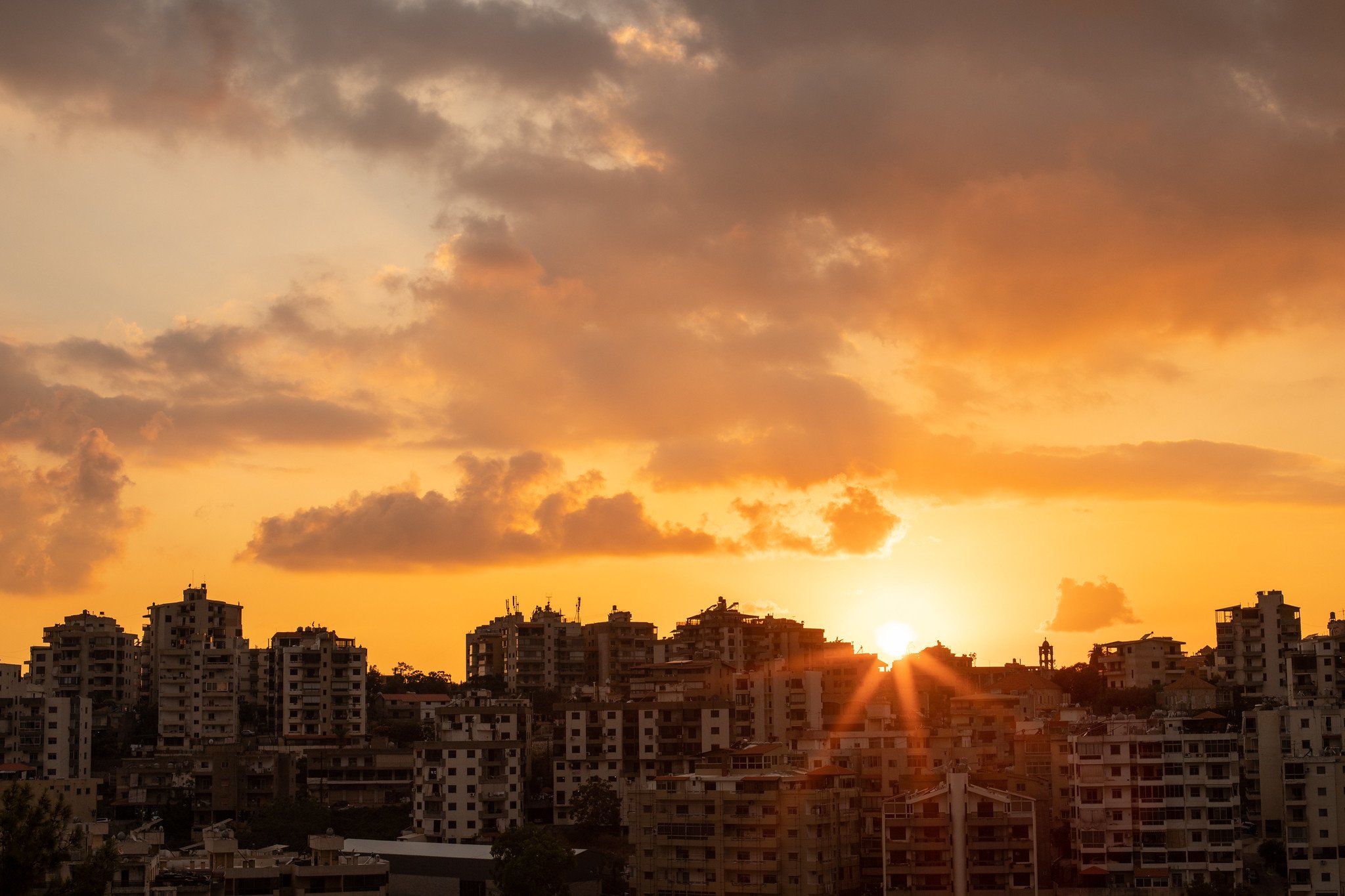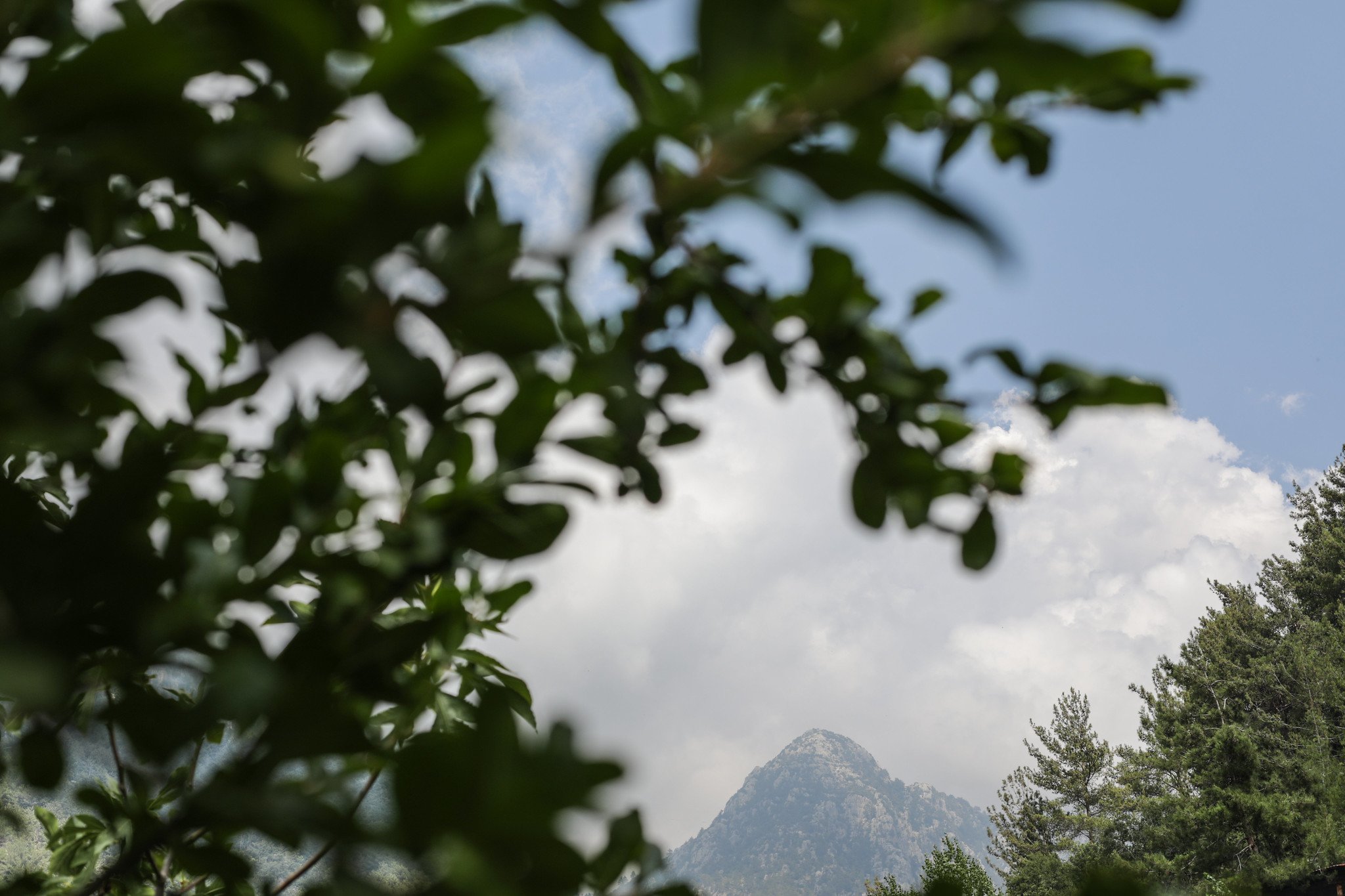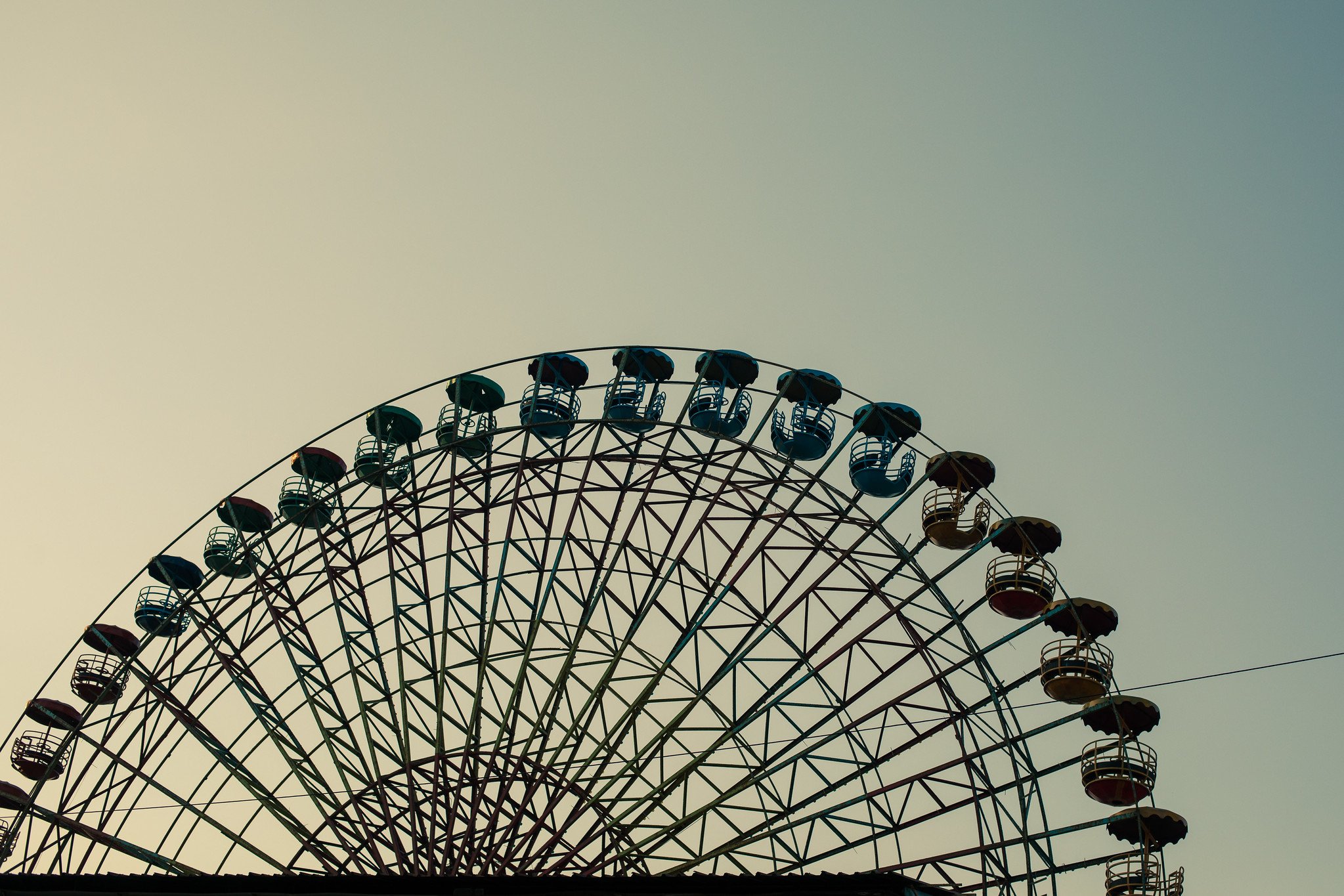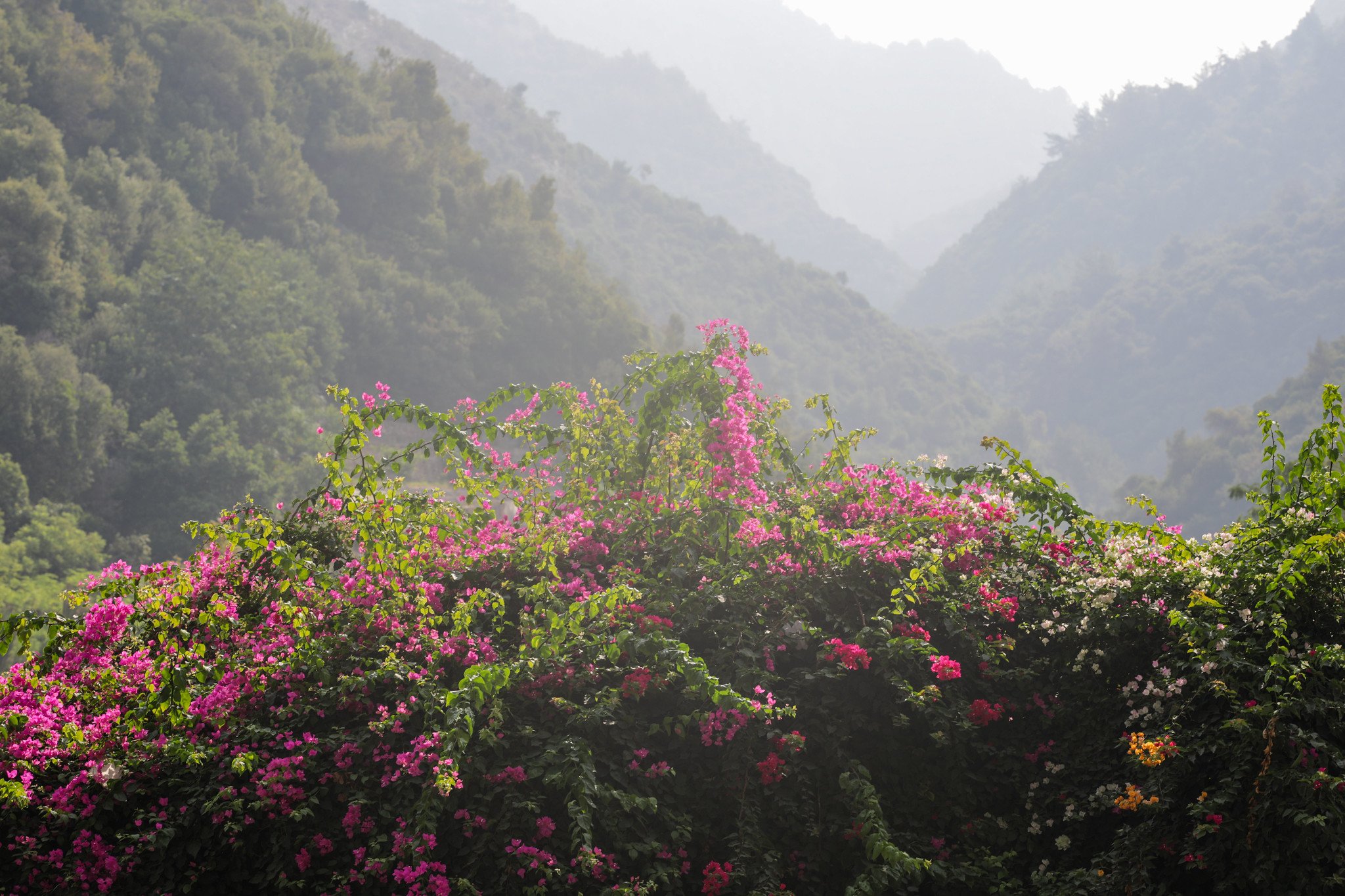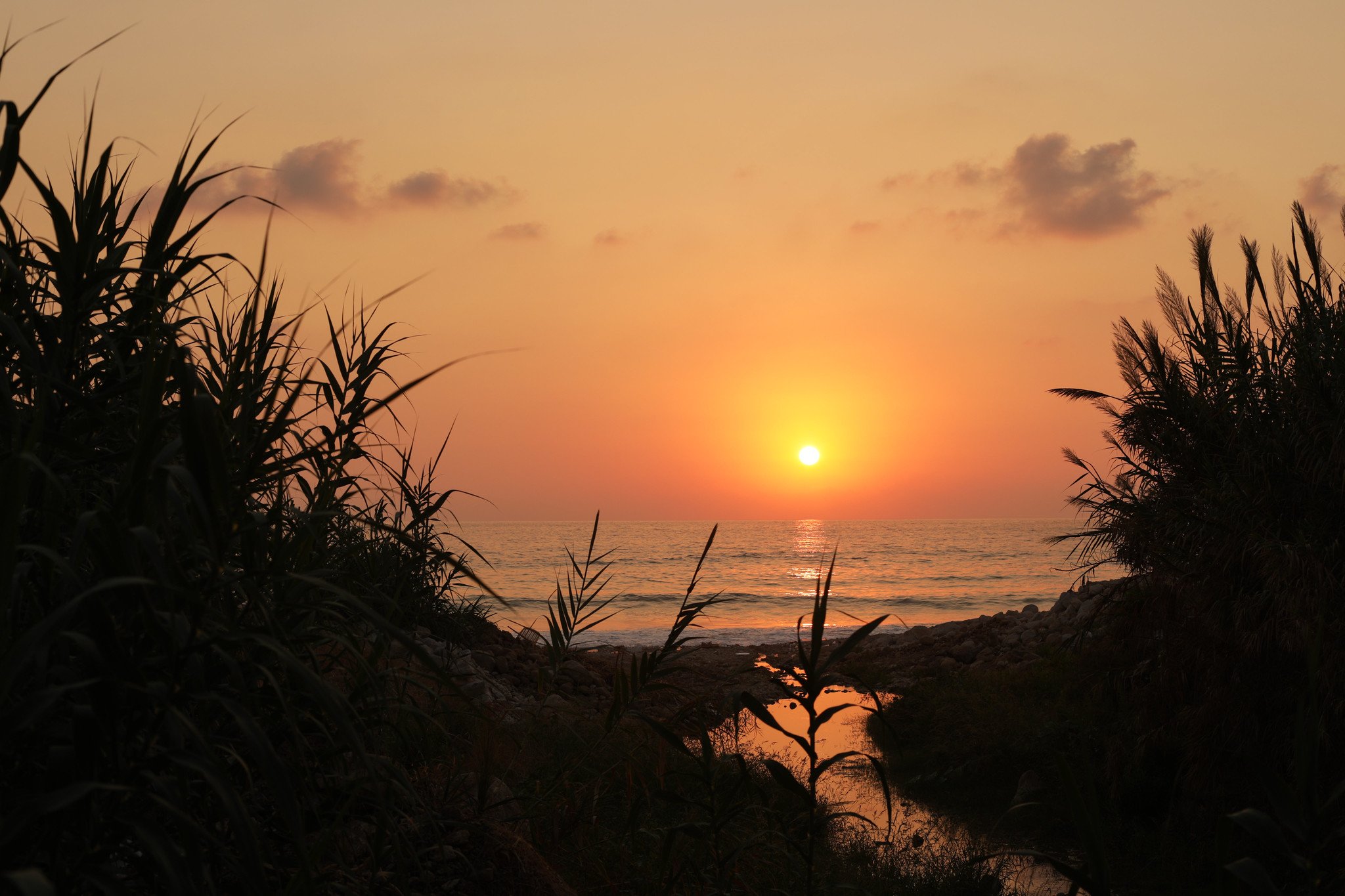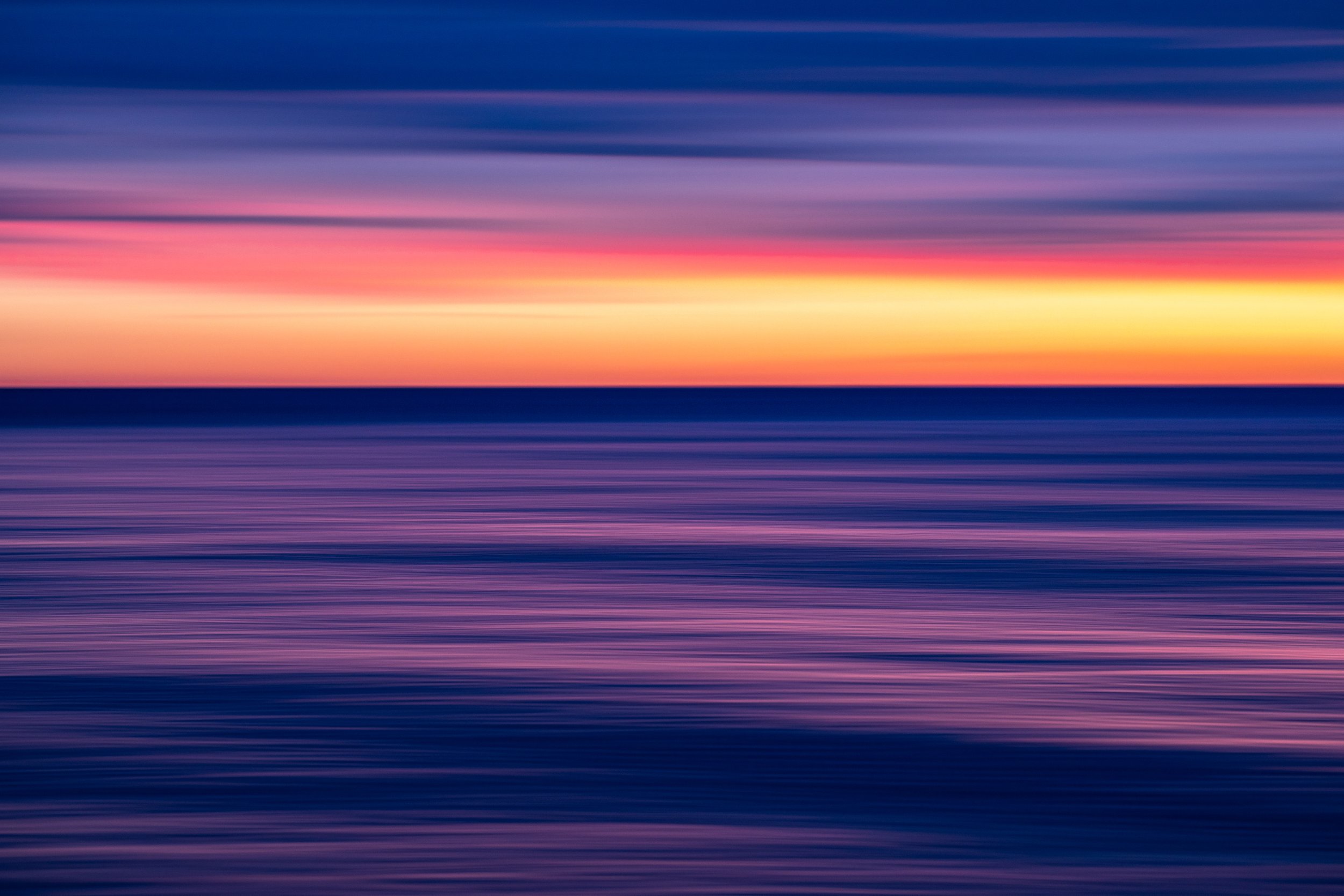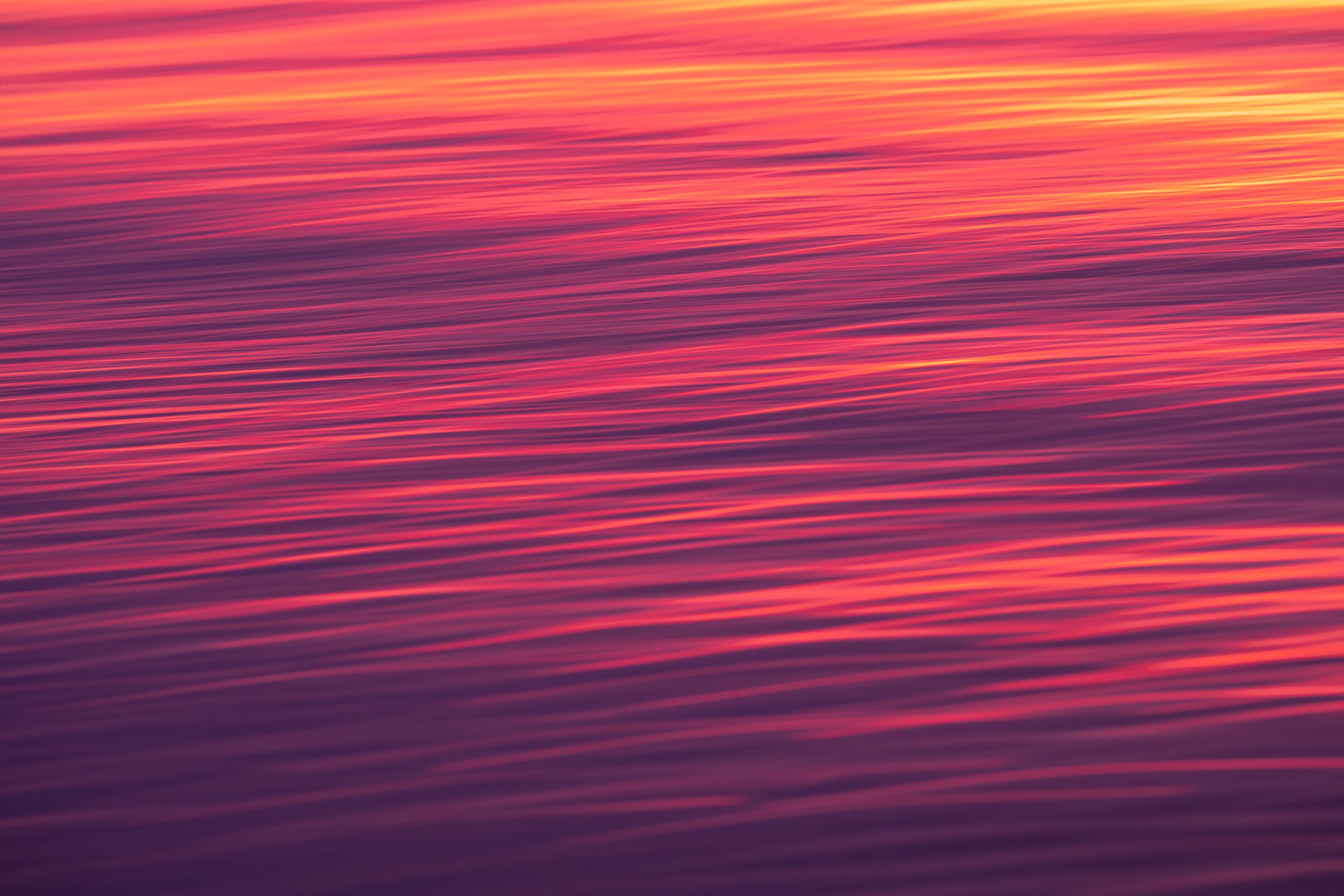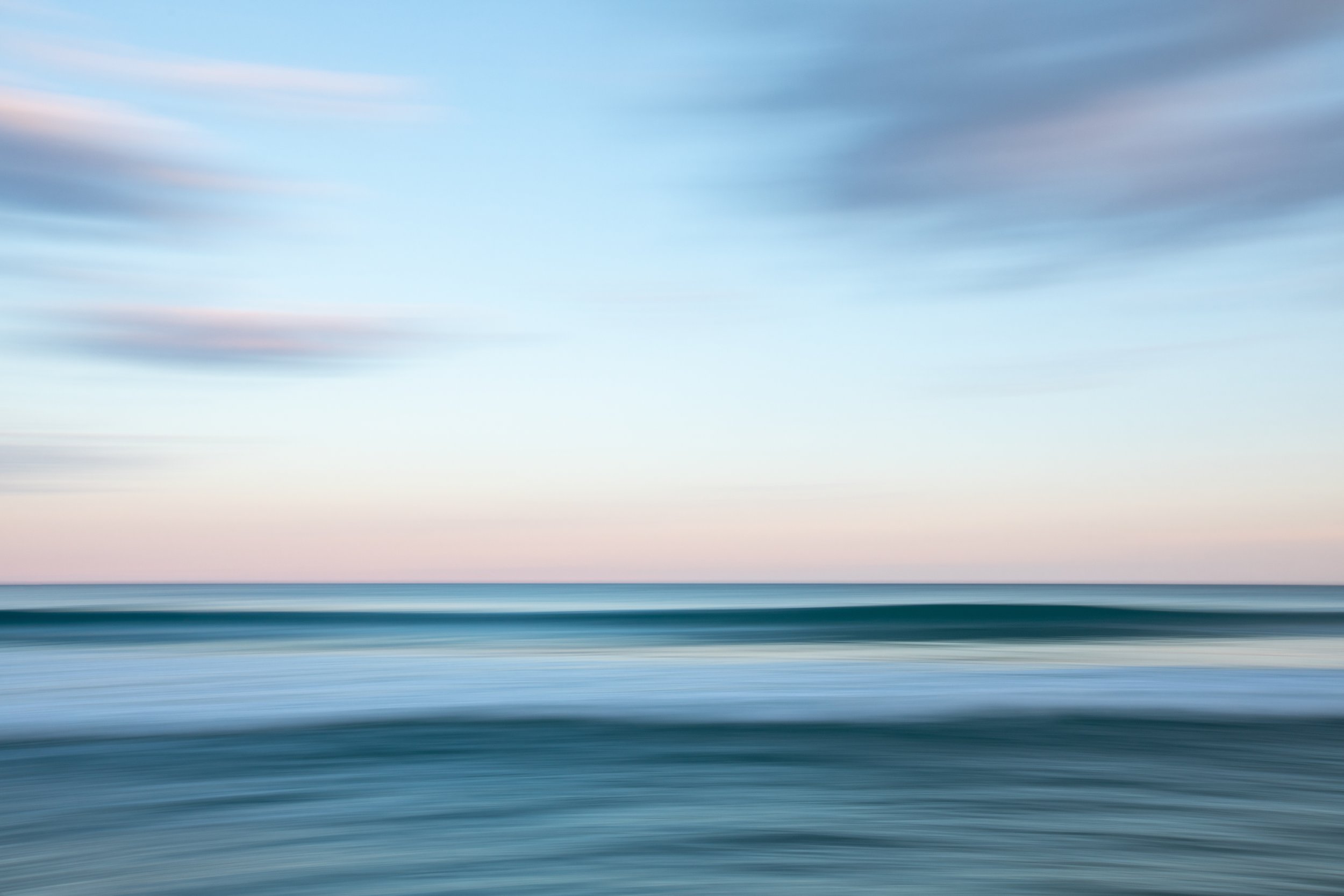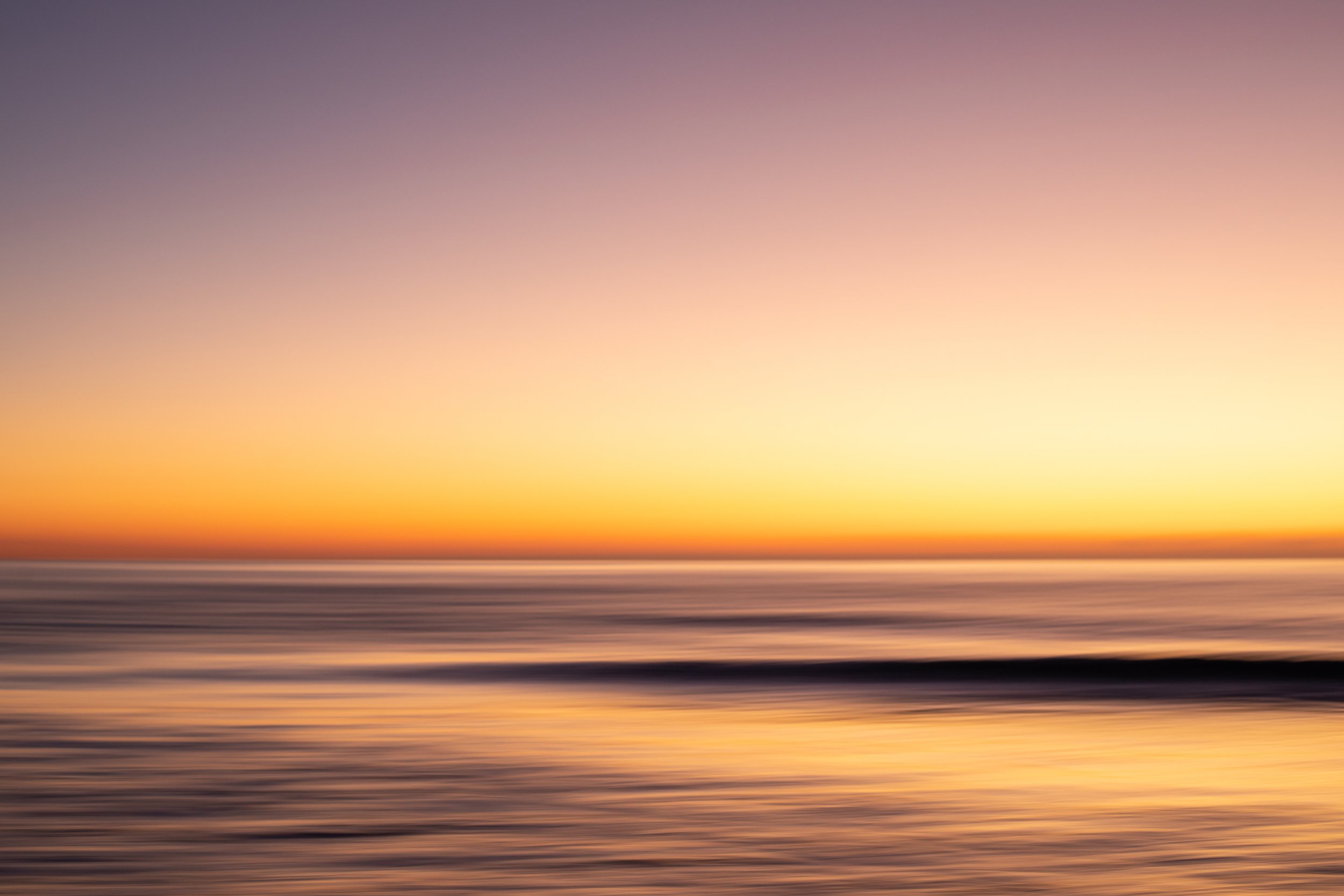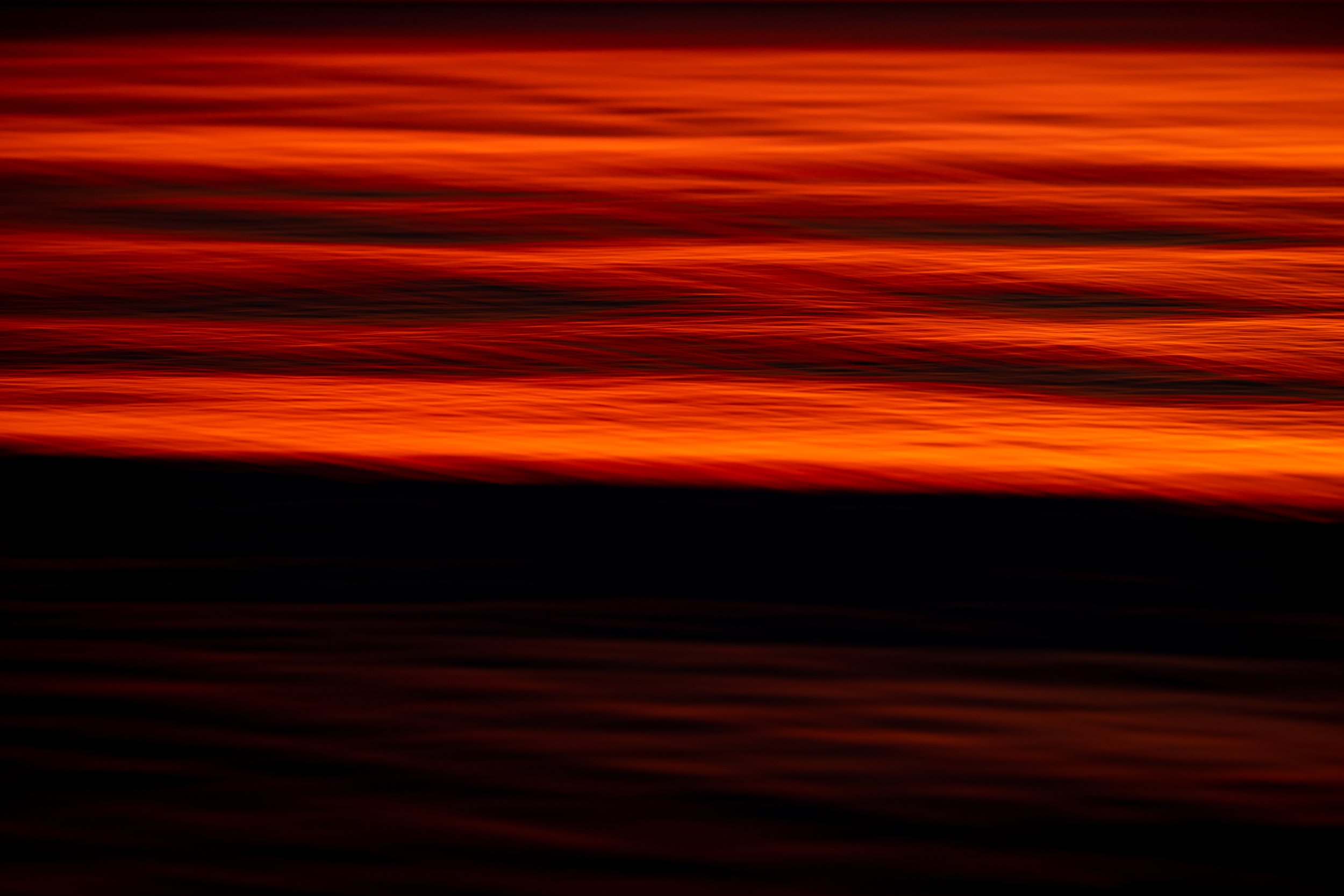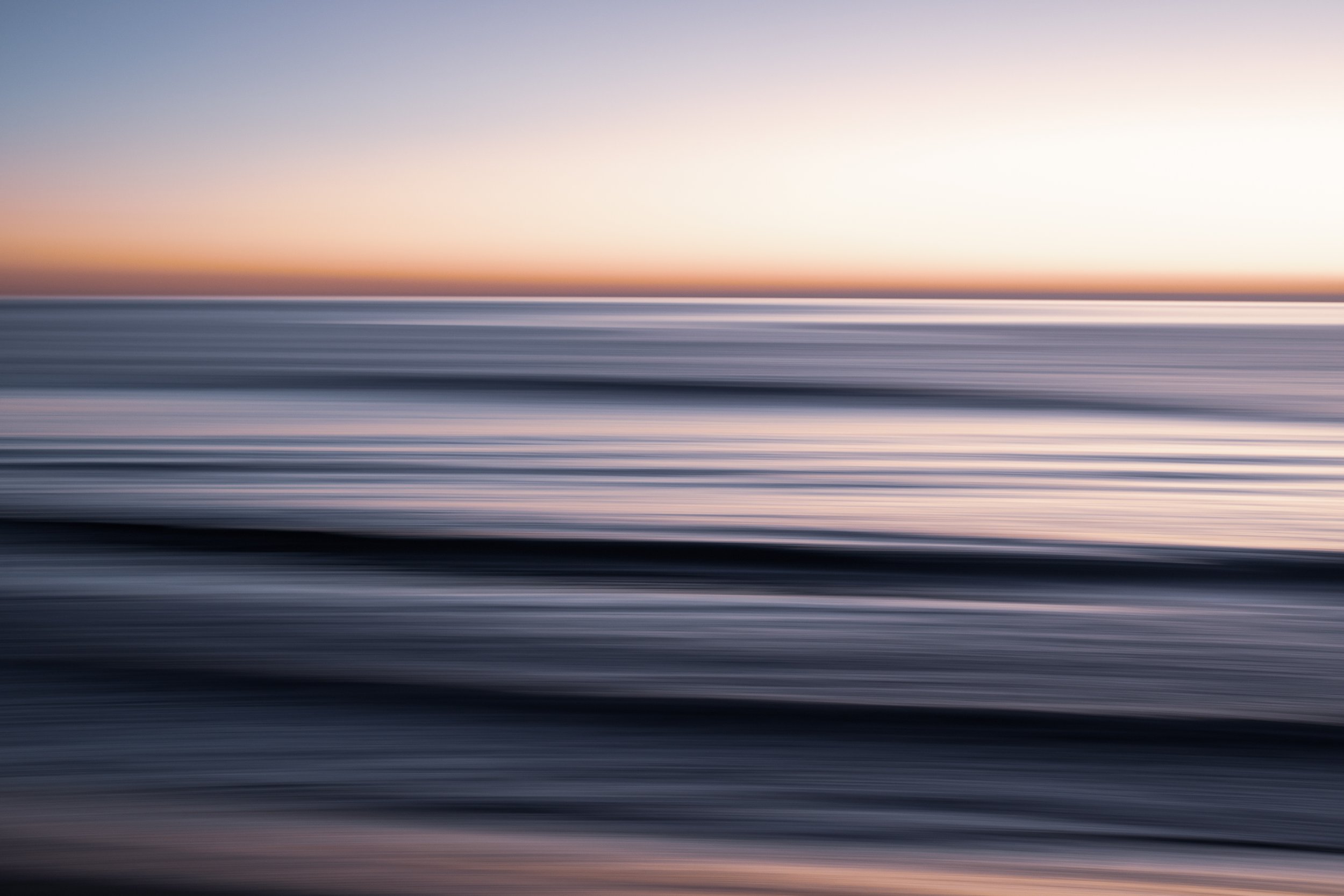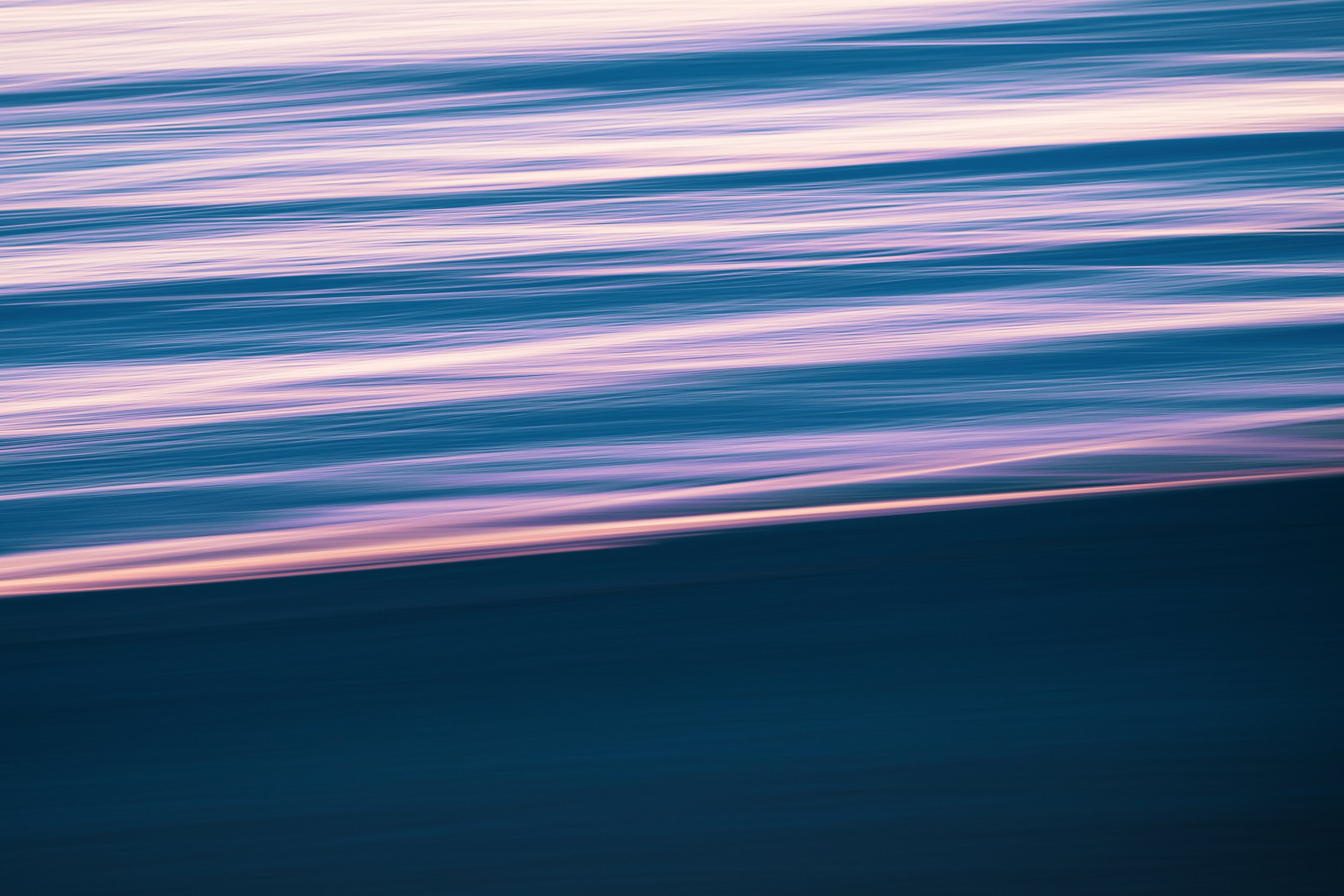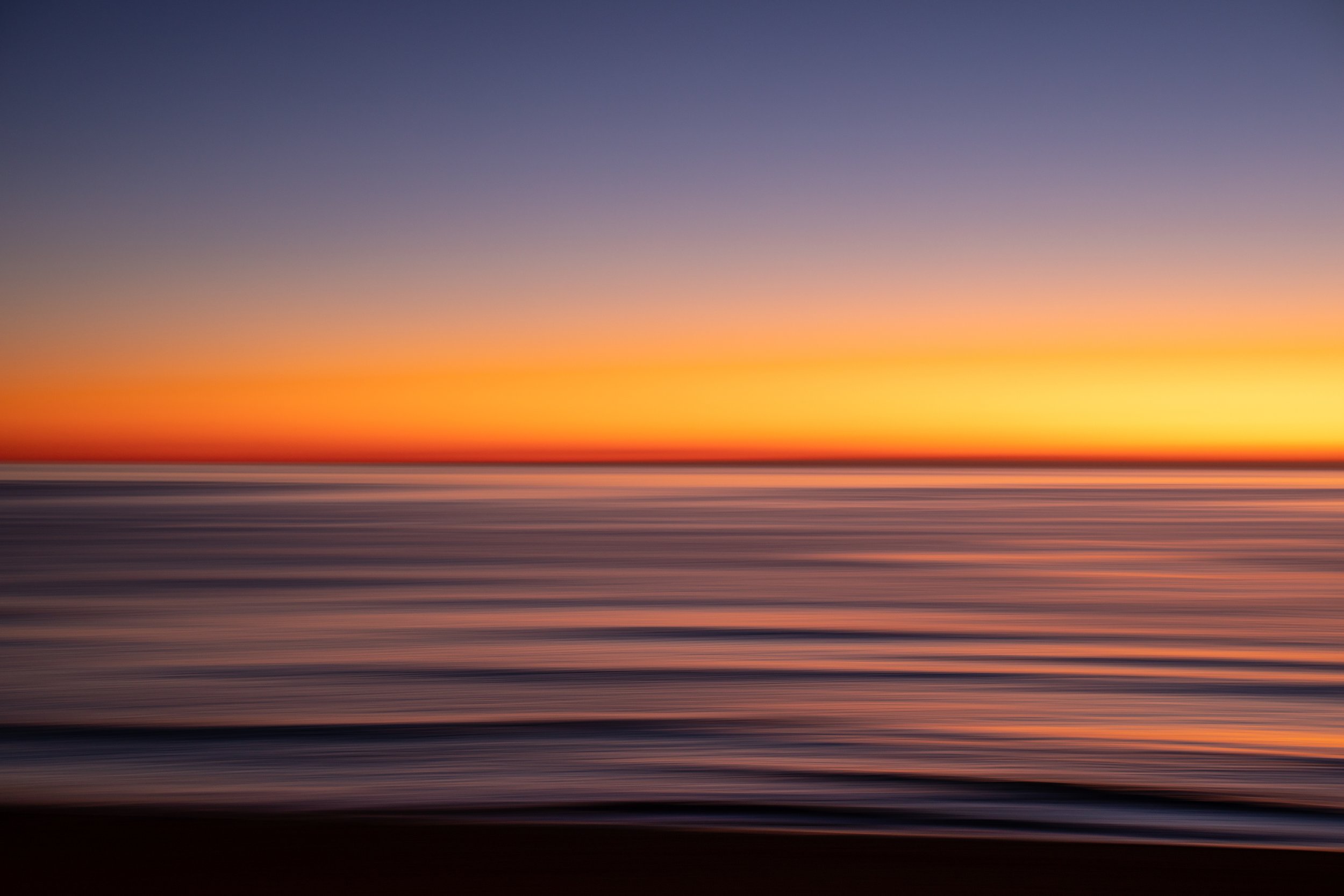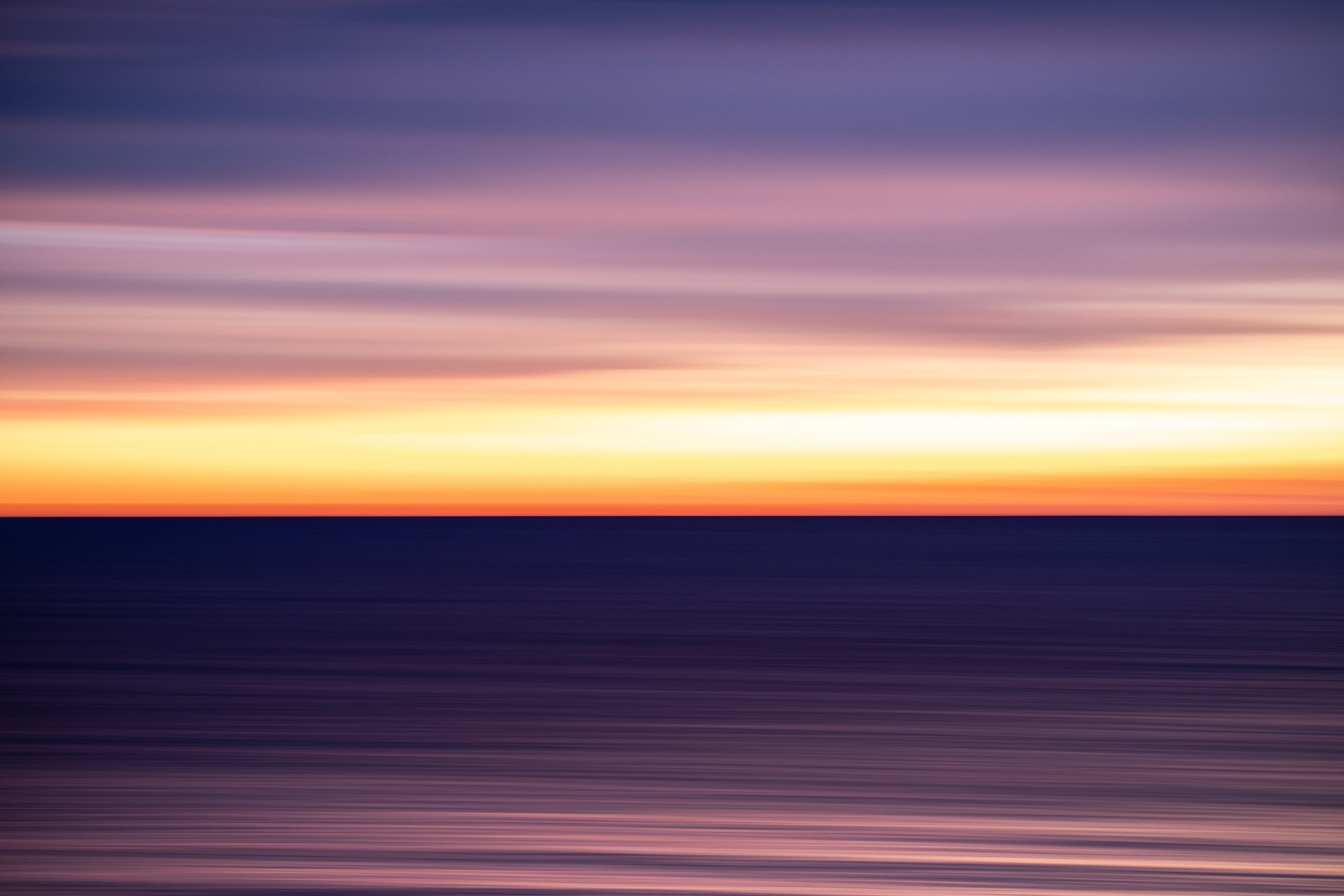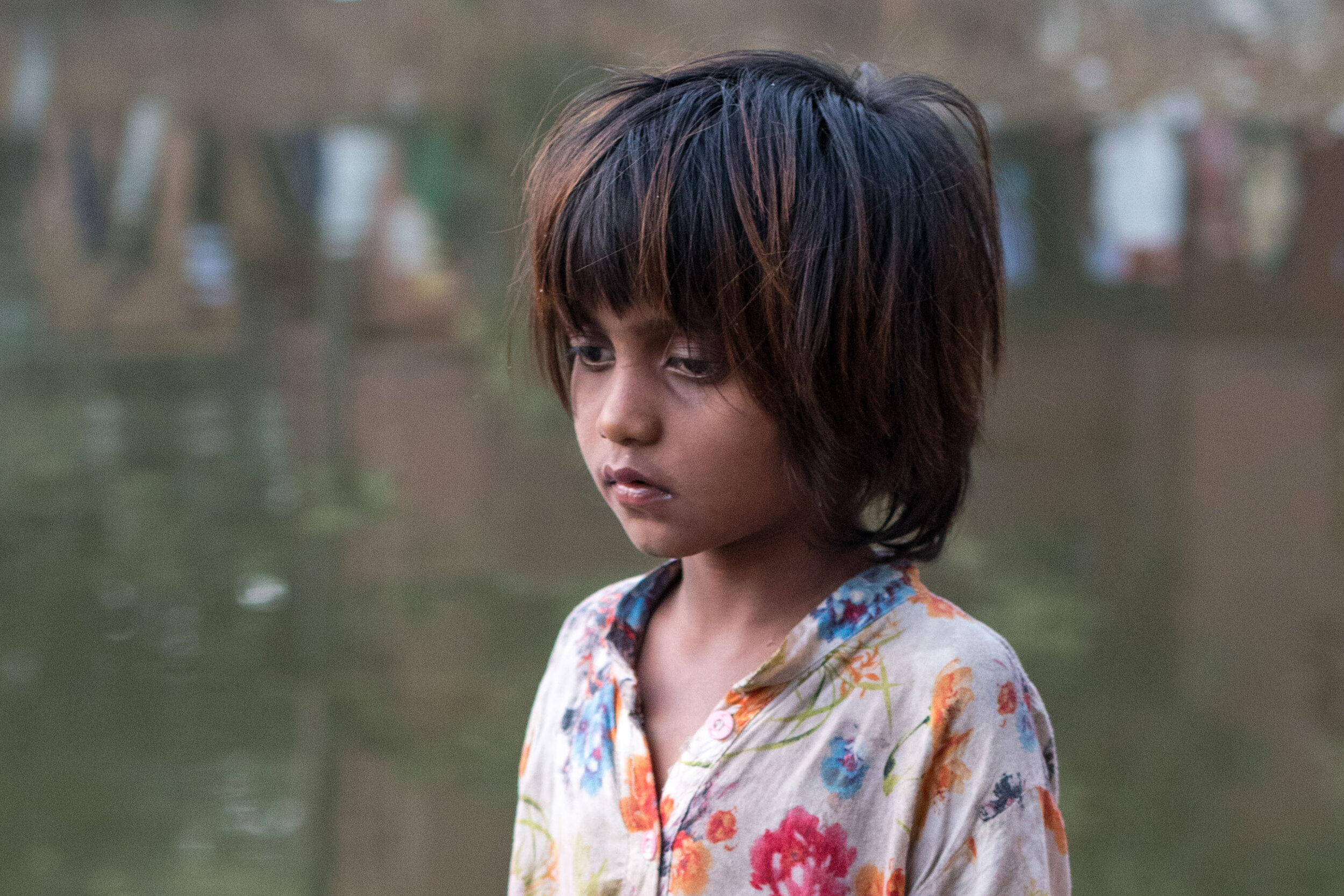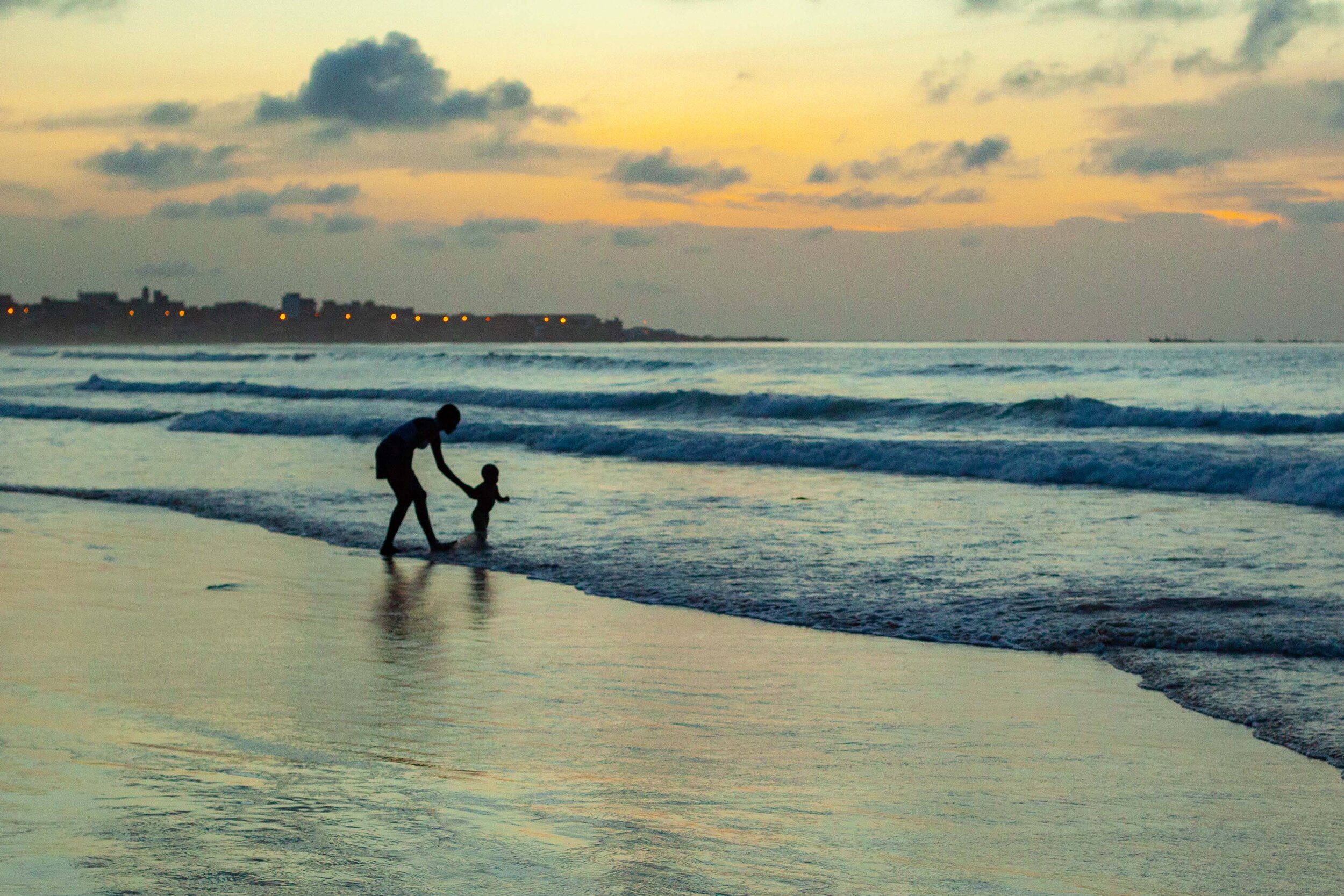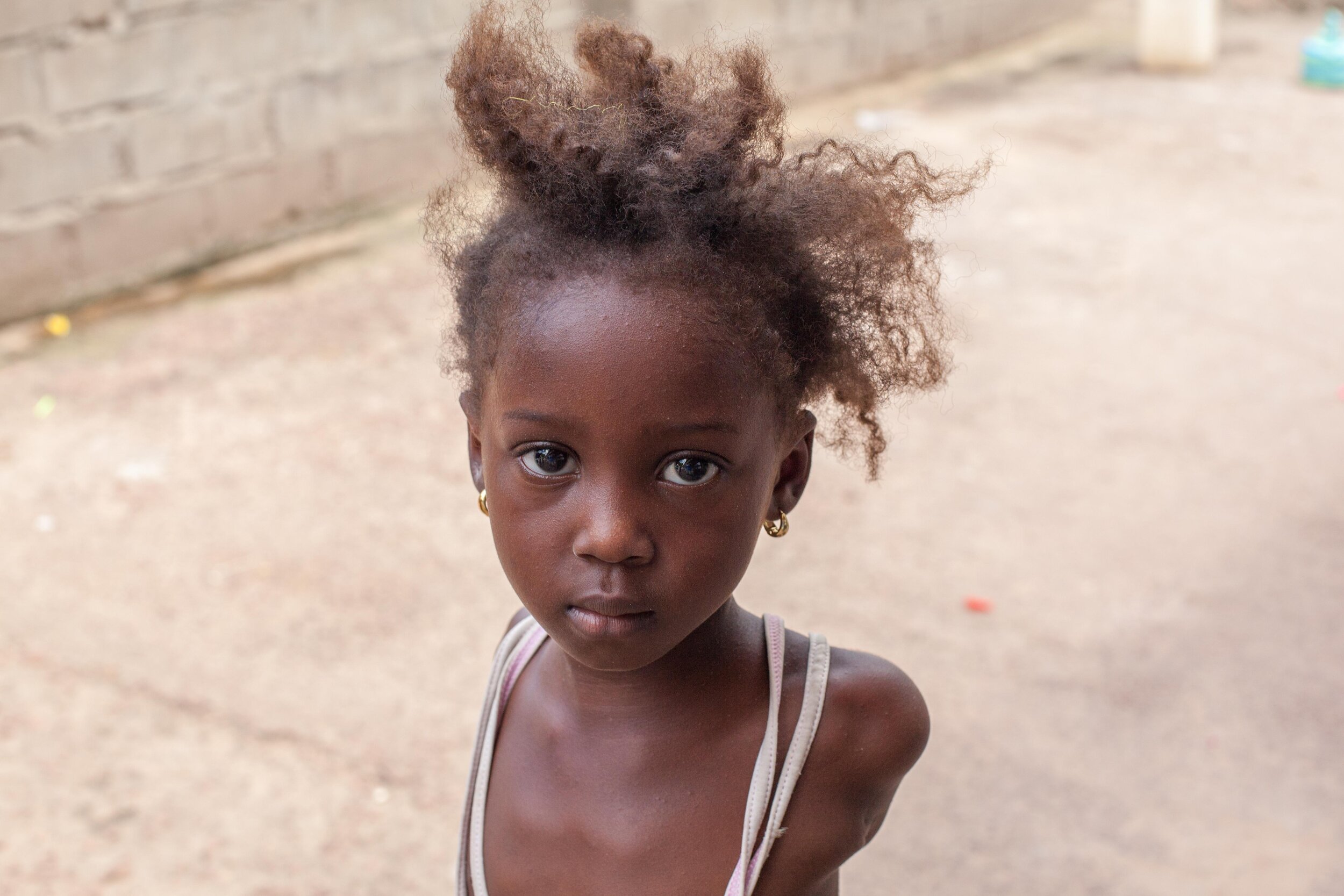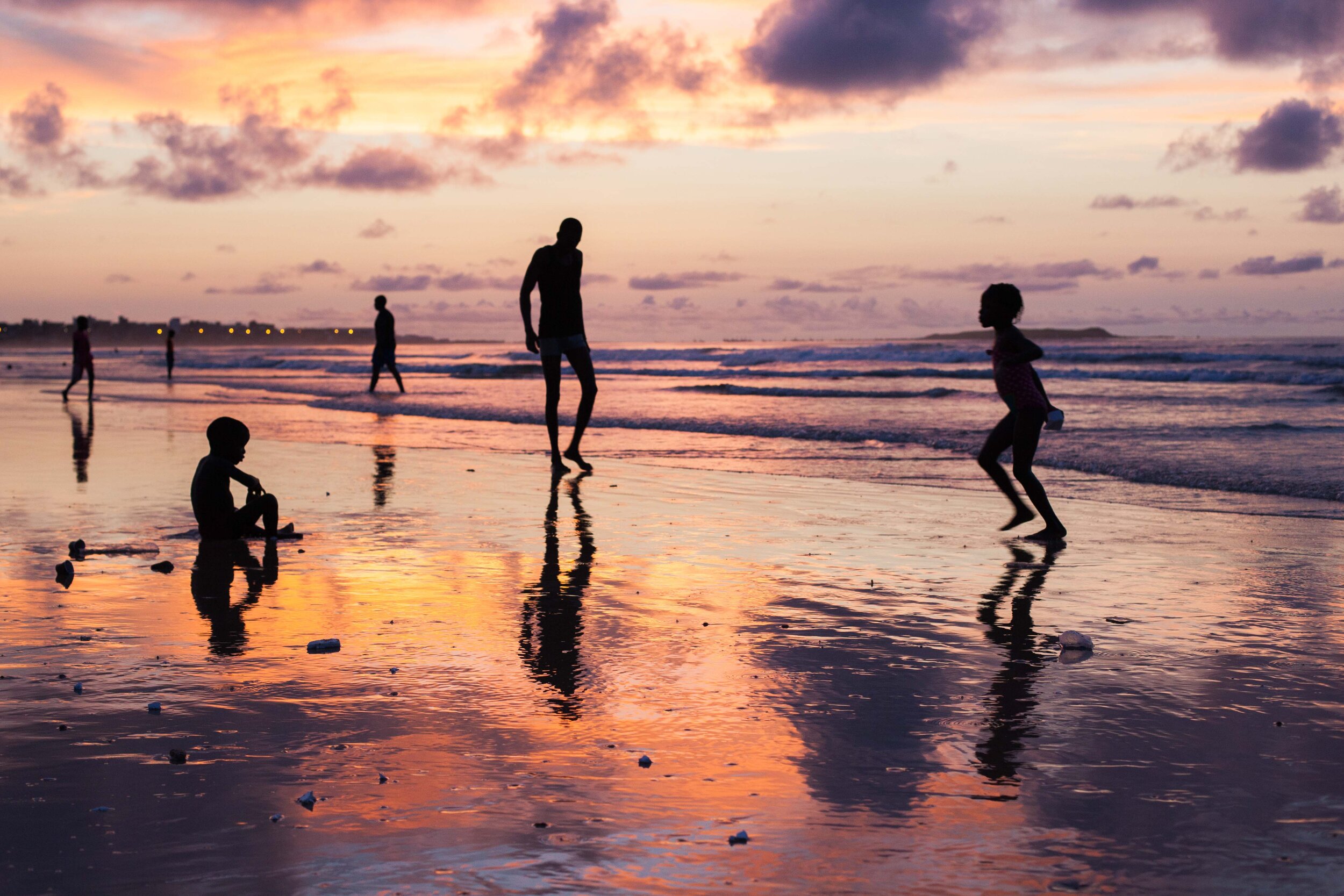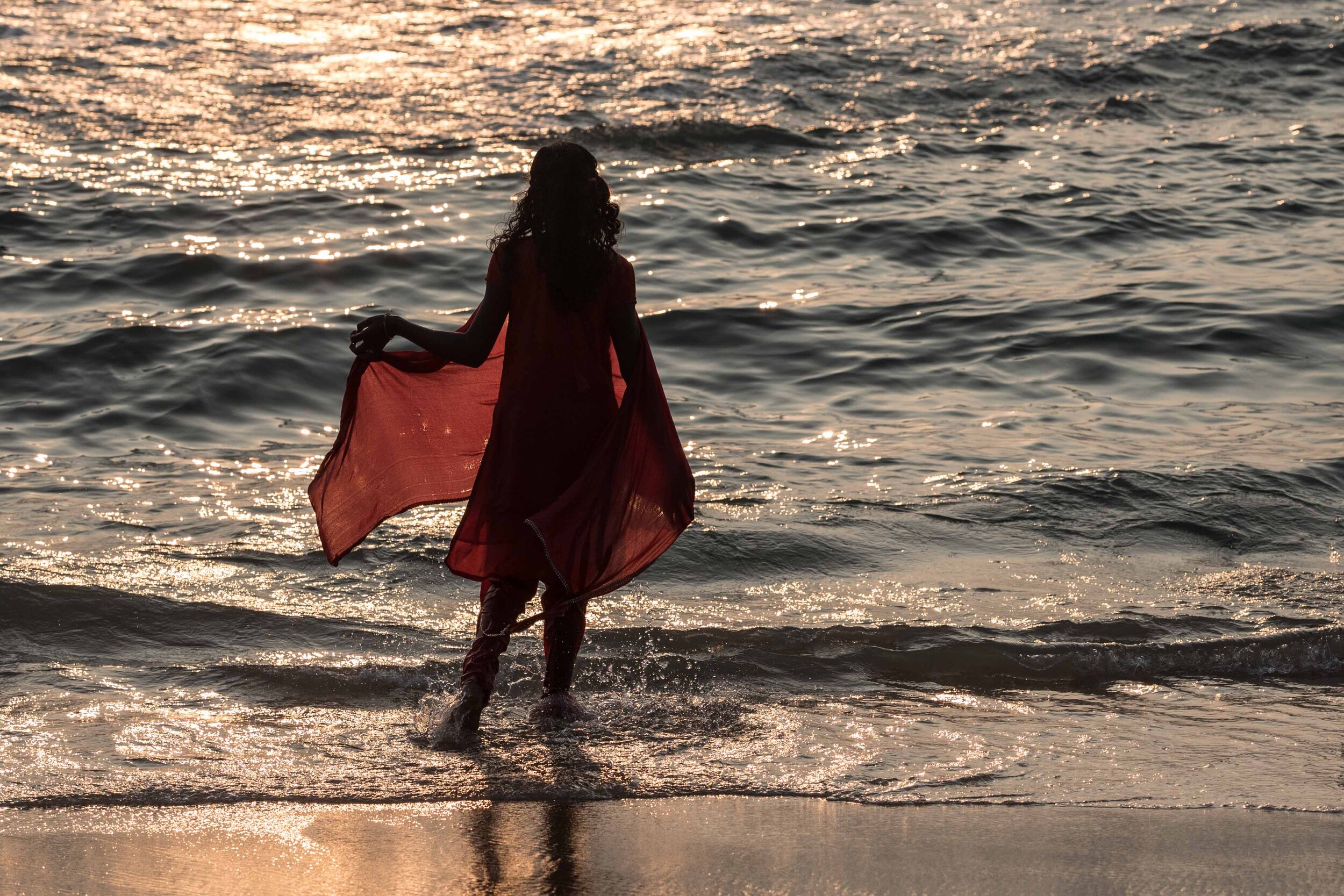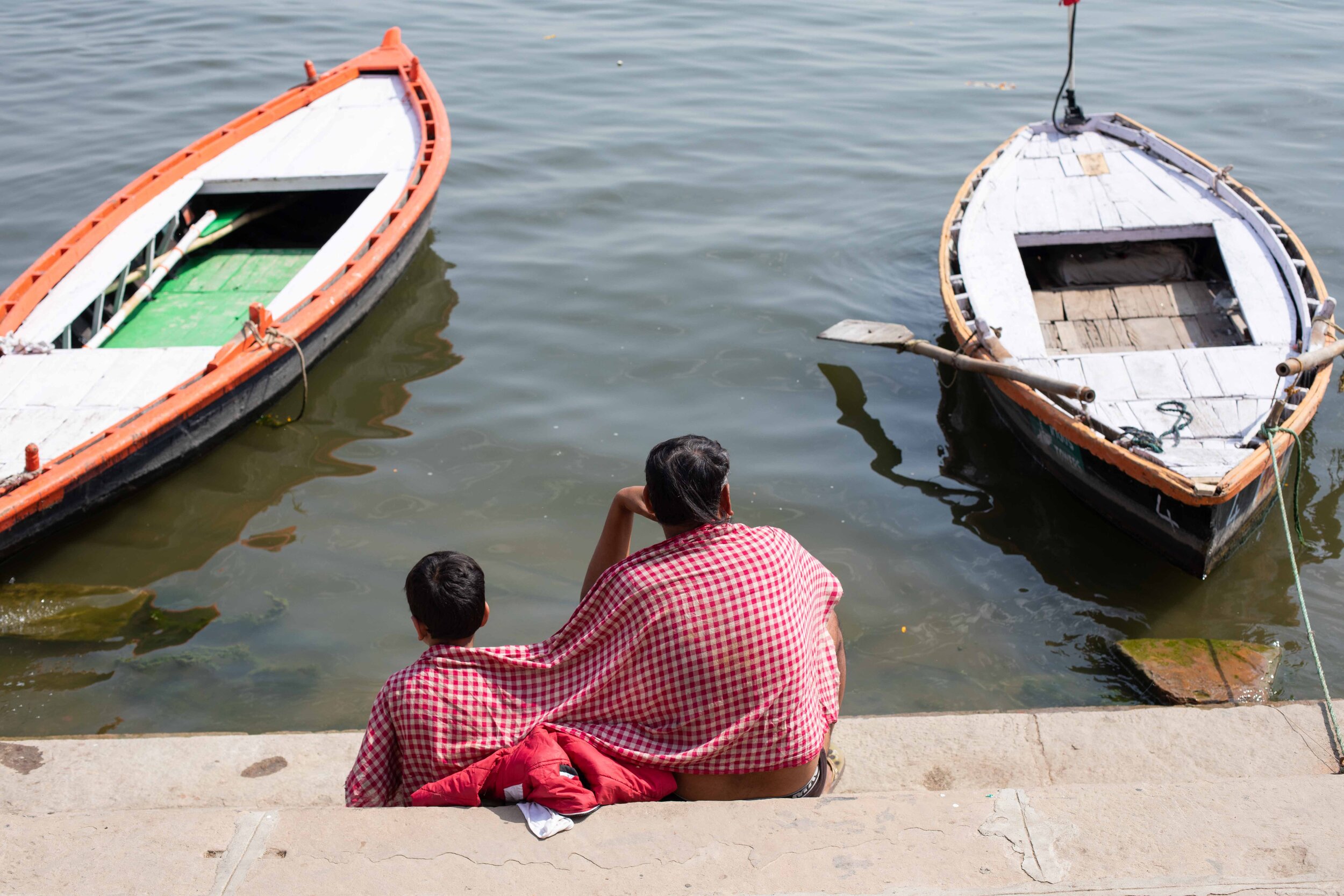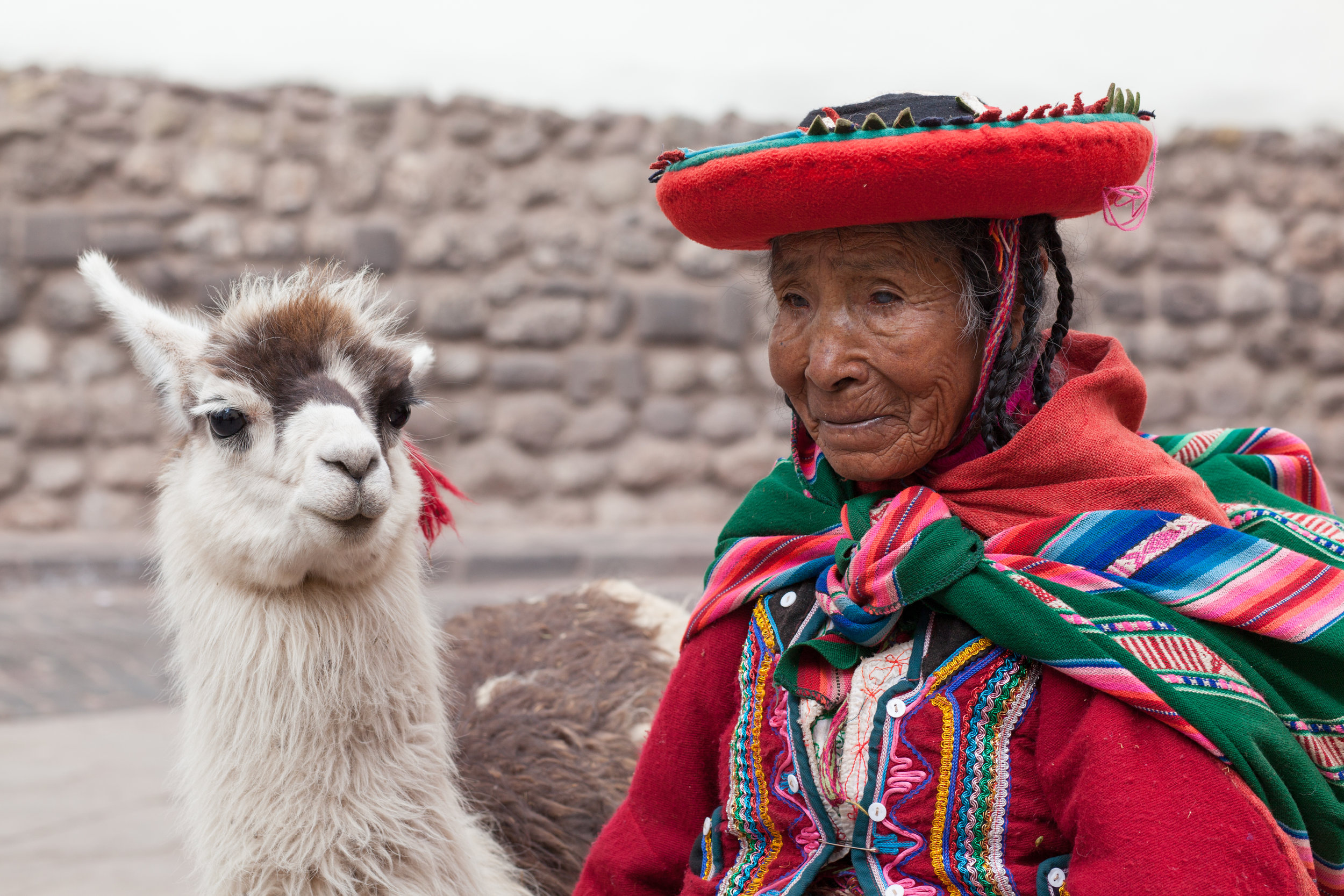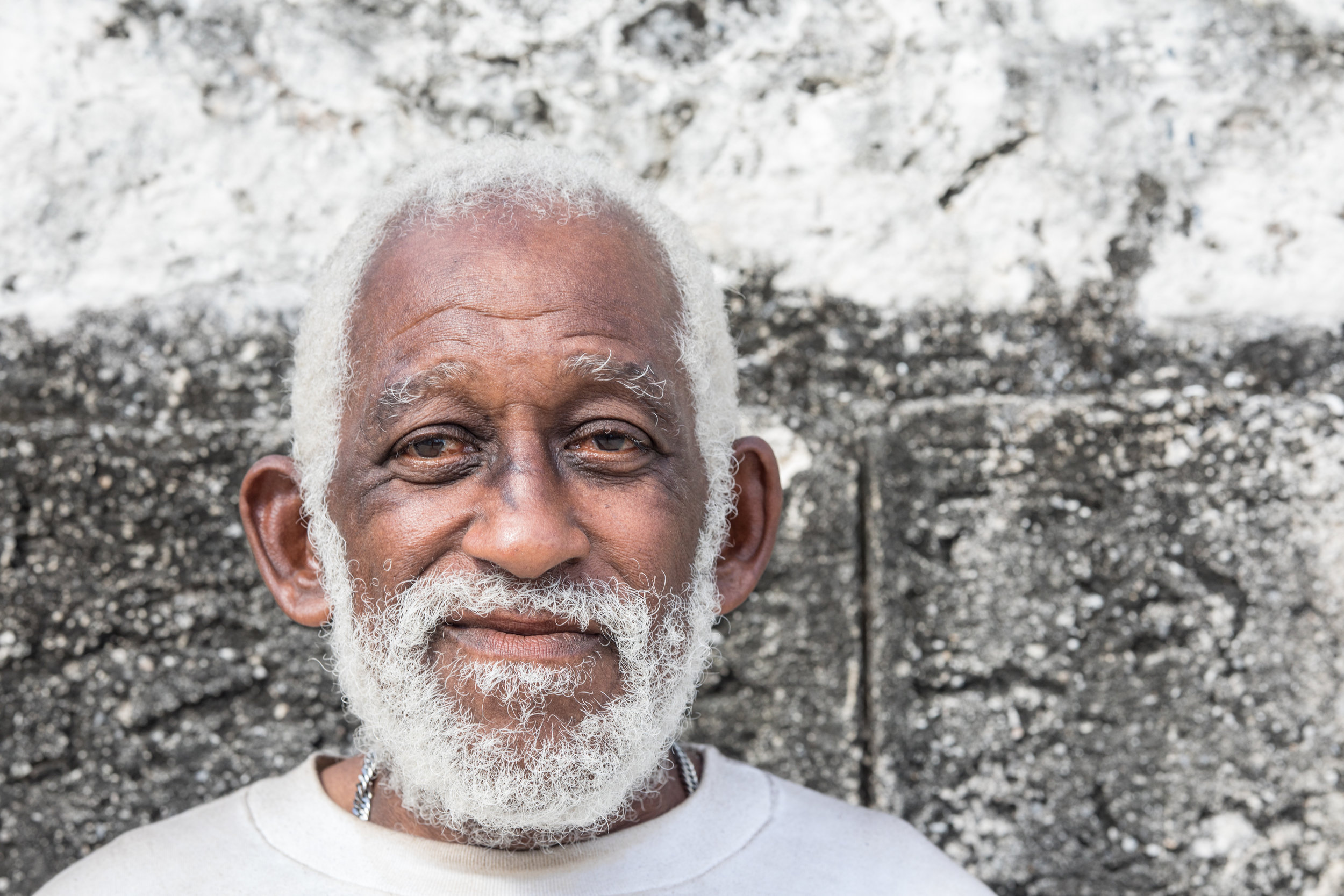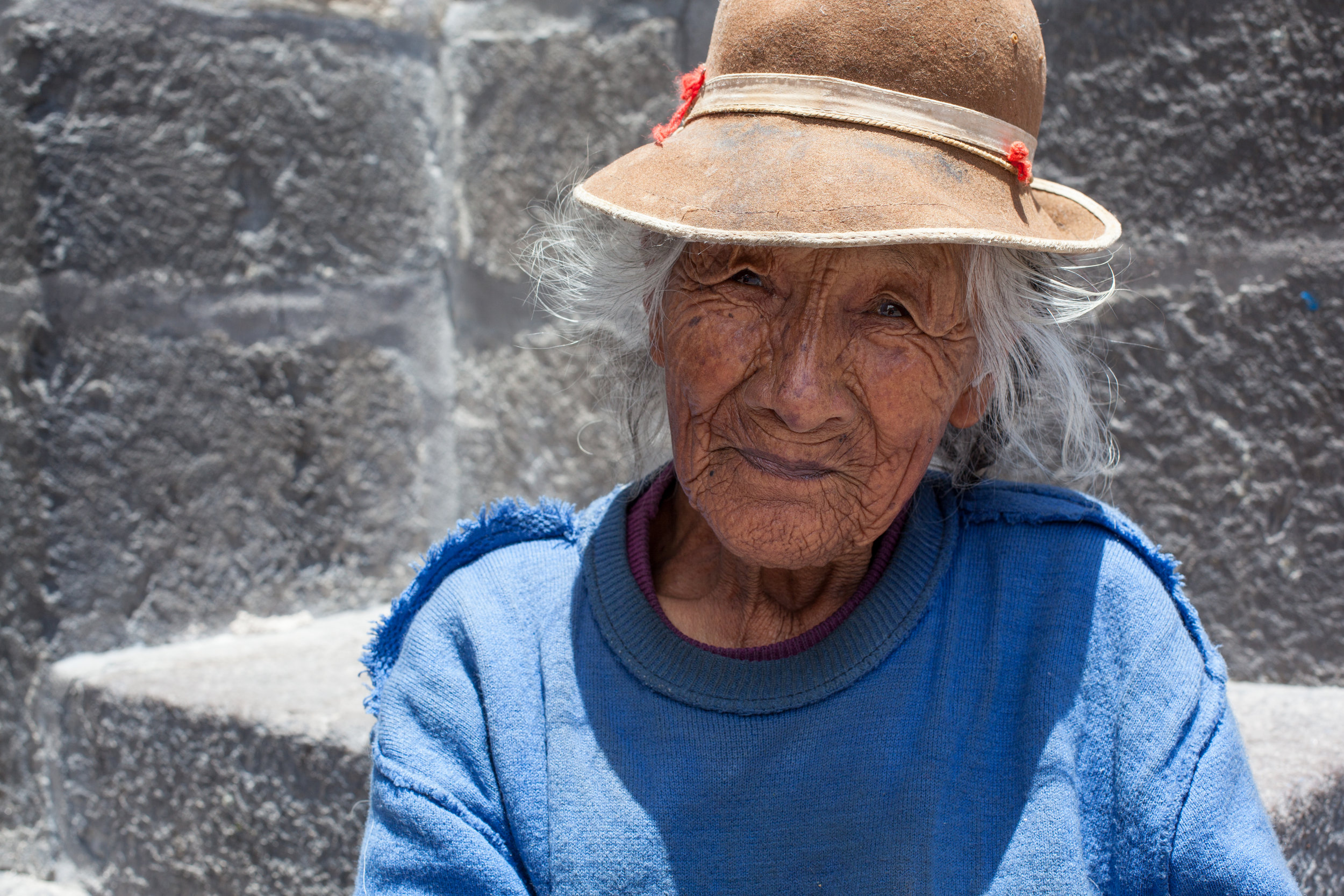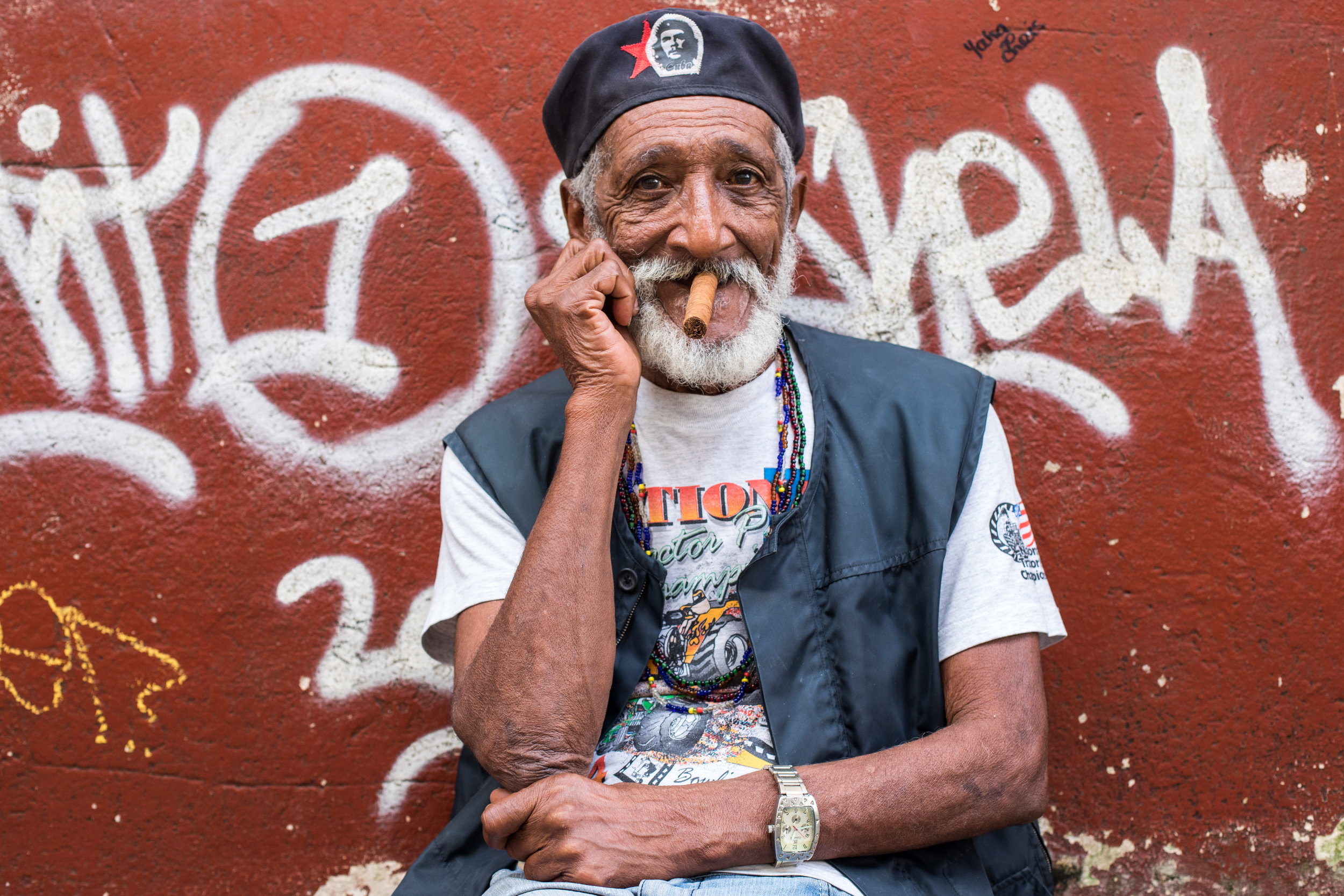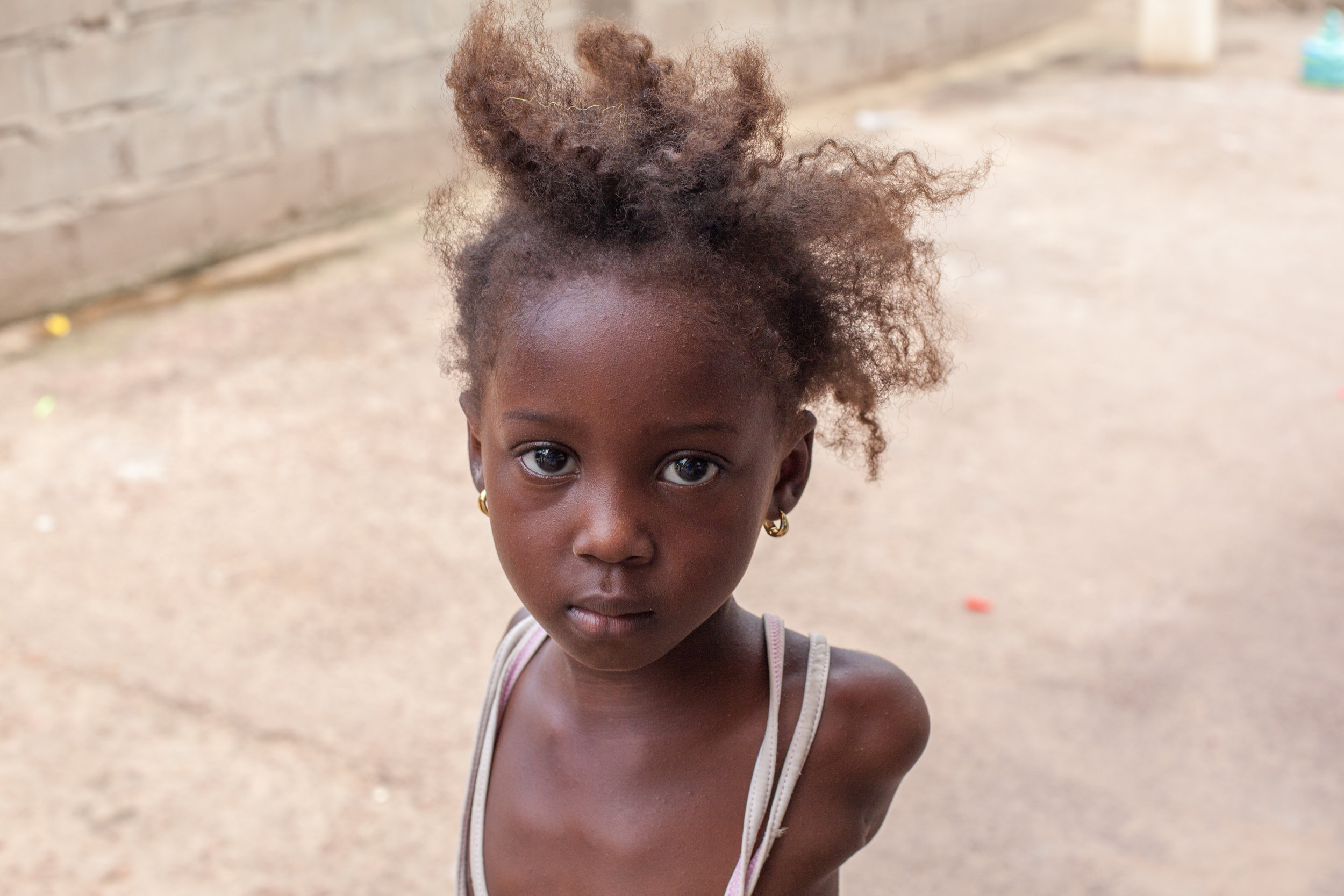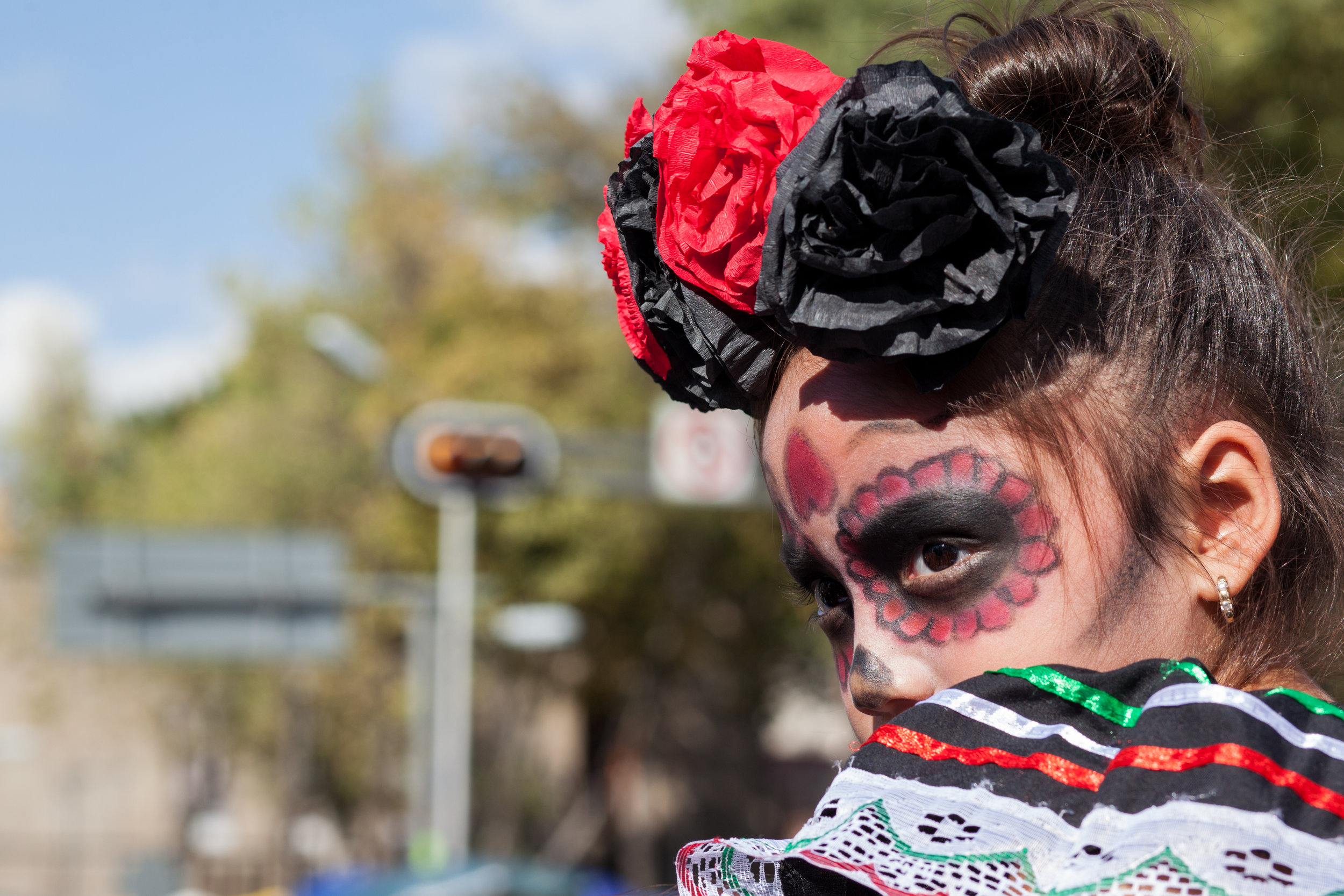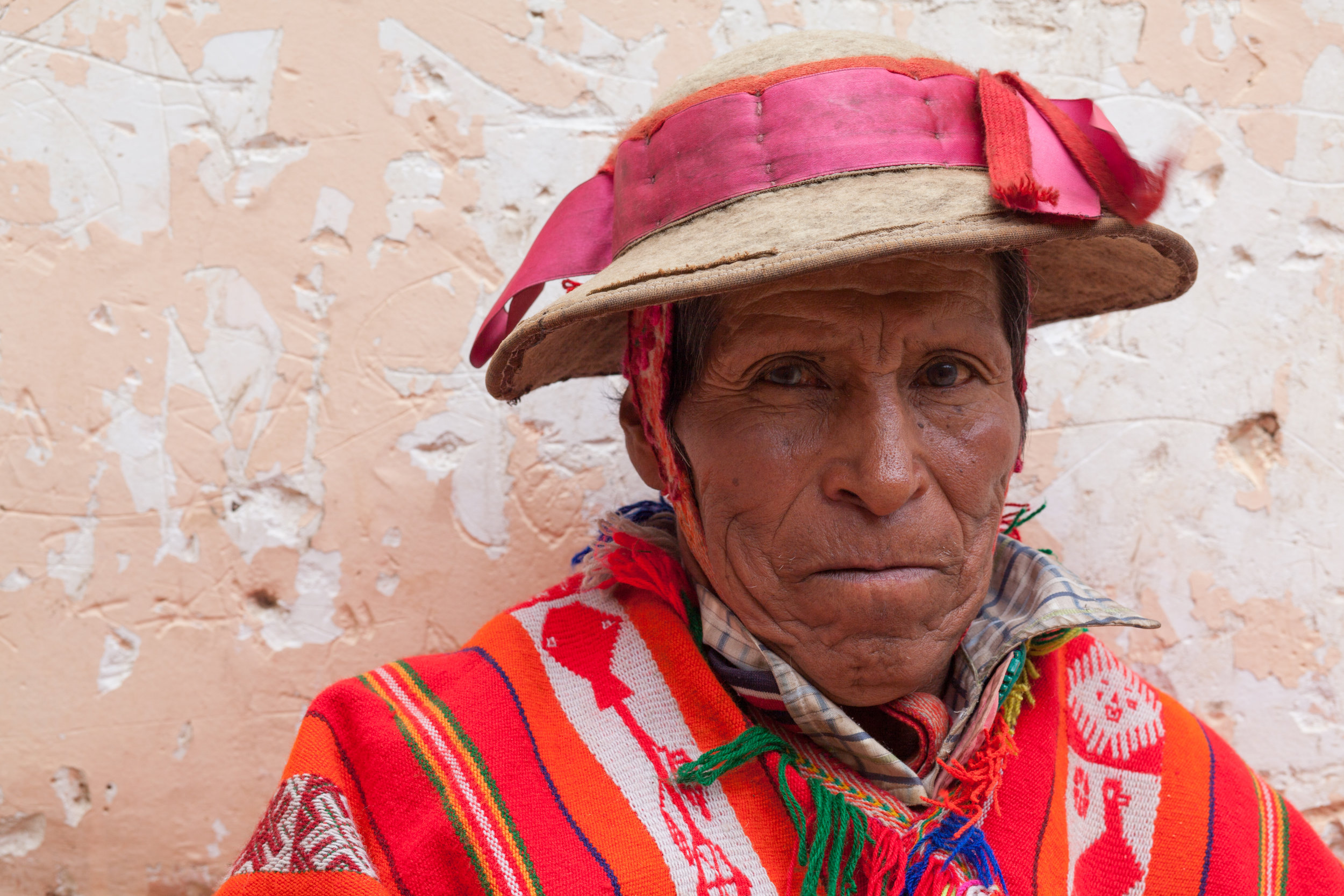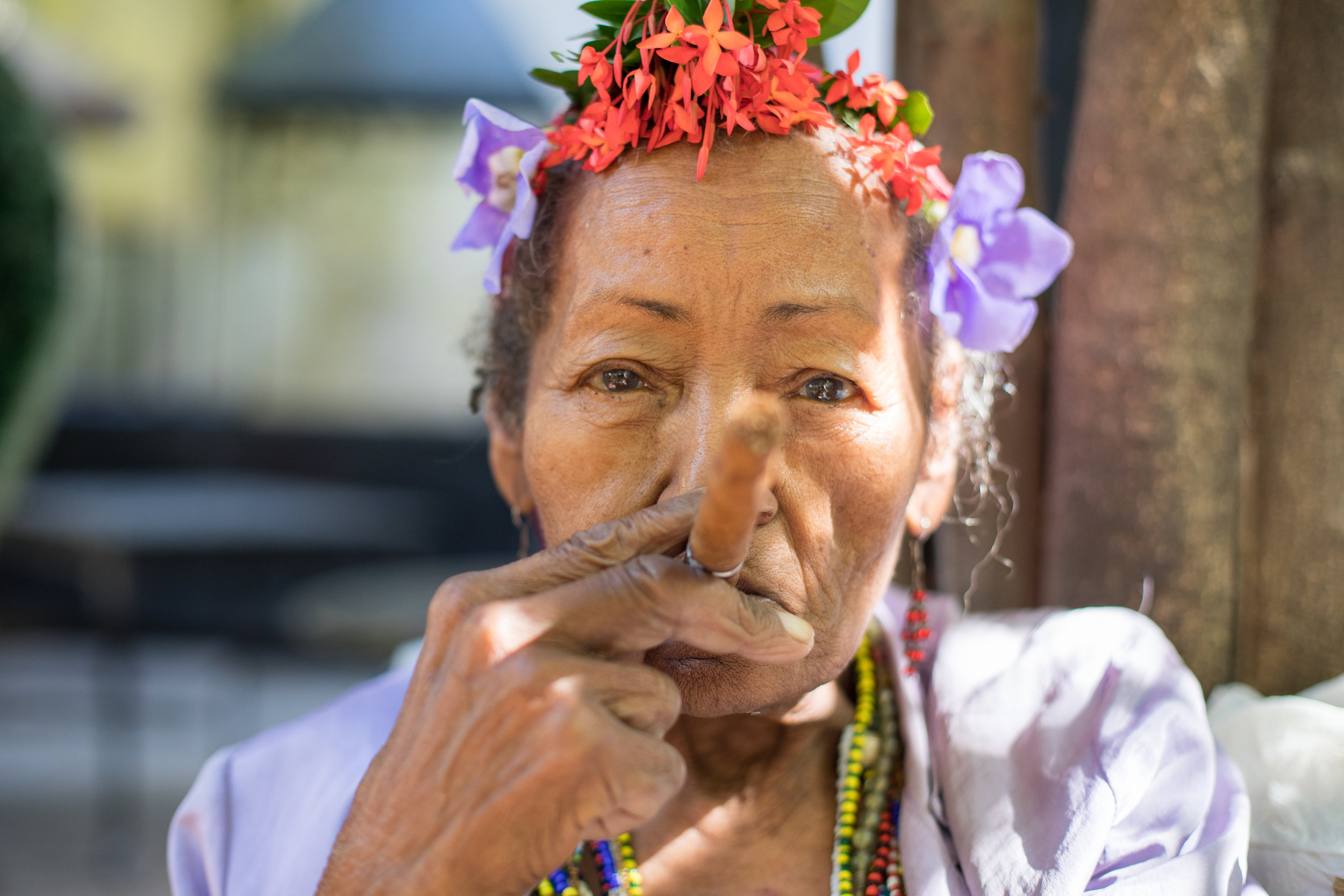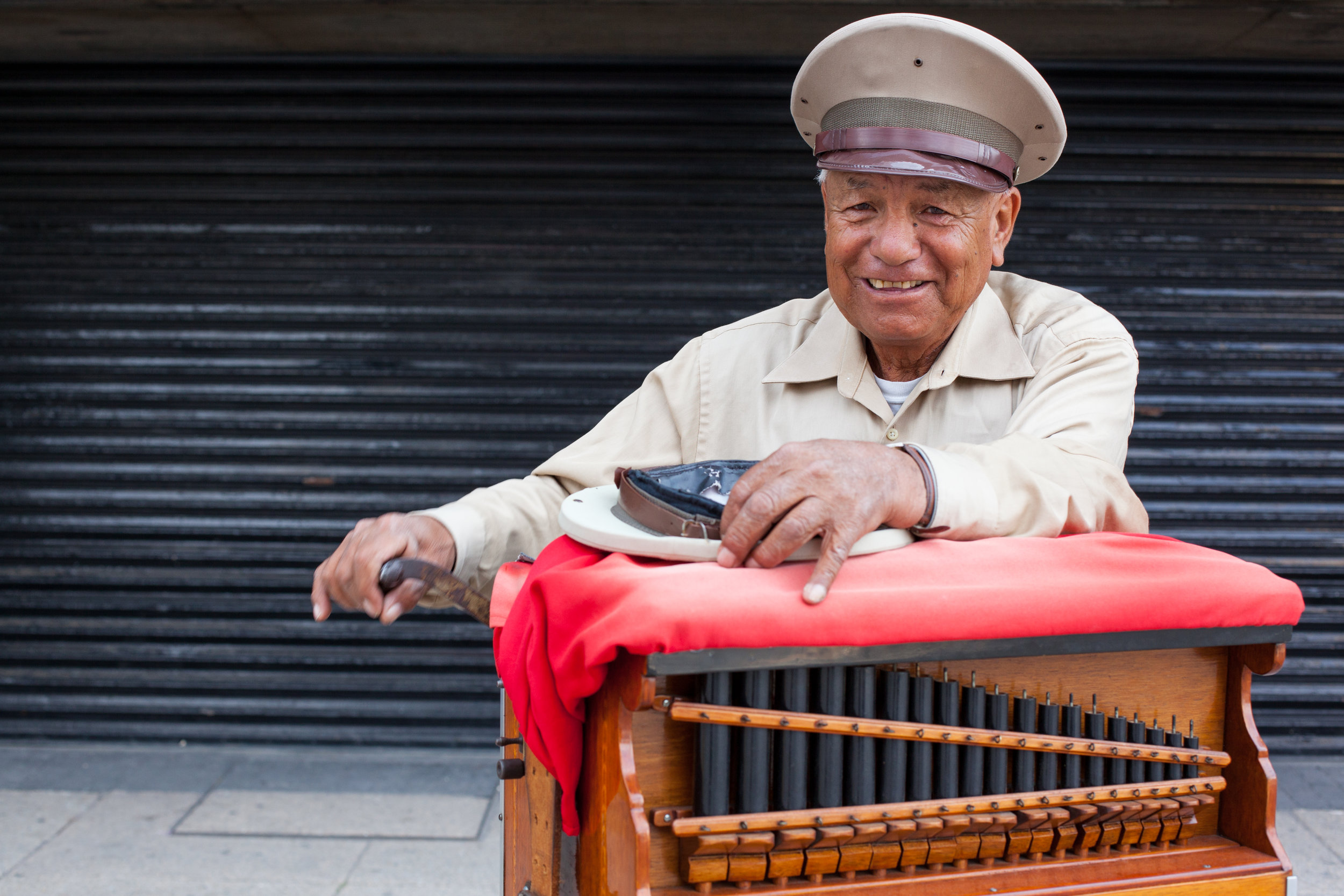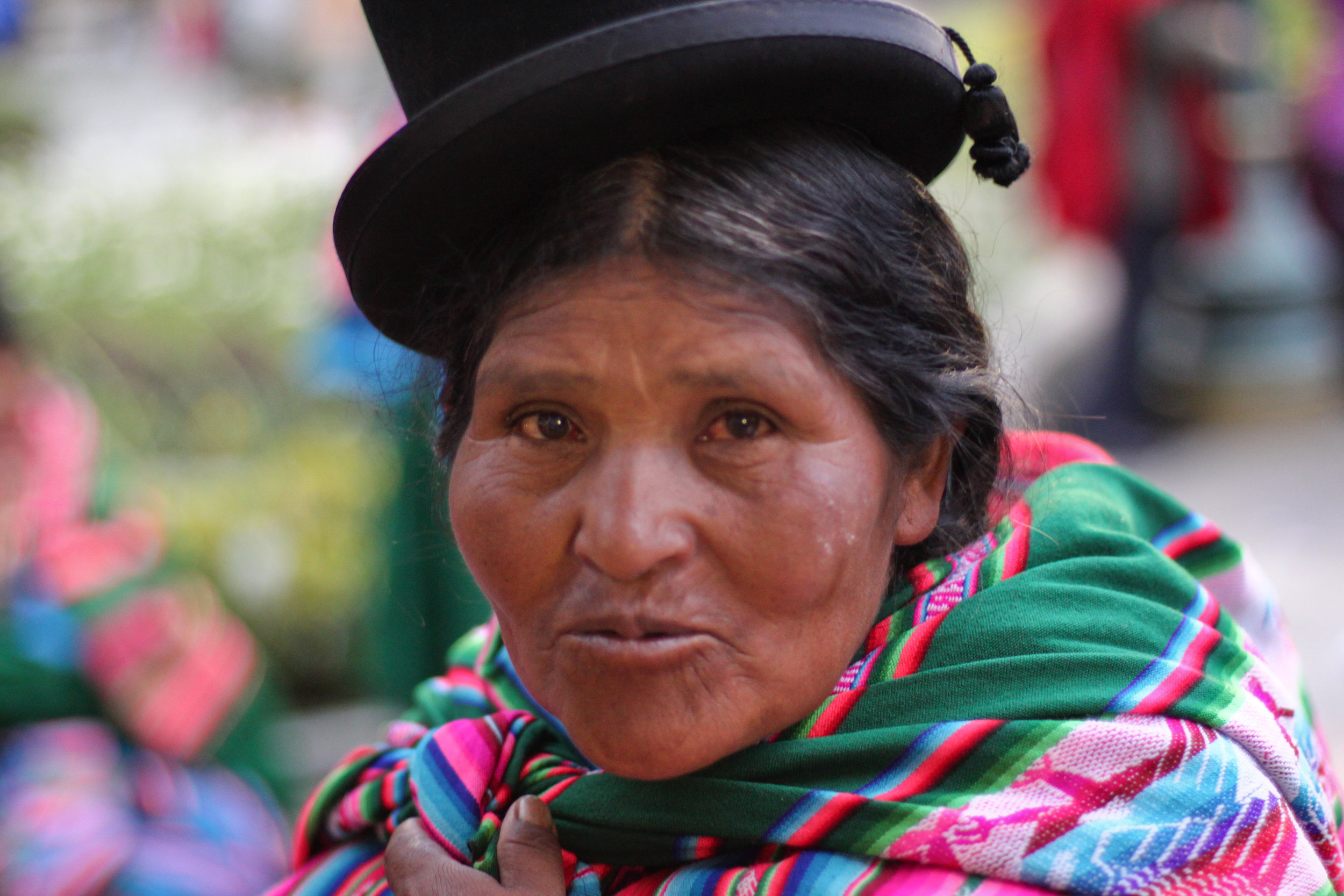Beirut, the Capital City of Lebanon, is a great destination for travel photography with a lot to offer in such a small geographical area. It has an unique blend of culture and history resulting in some stunning architecture, it is located on the coast so provides for some excellent seascape and sunset images. Finally the colourful and bustling city streets provide a wide range of street photography opportunities. Click through the slideshow below to look at some of my photography from Beirut:
Last year I spent a couple of months in Lebanon at the beginning of my first trip around the Middle East. Despite the current political and financial problems the country is experiencing, I found Lebanon an enjoyable country to visit. The people of Lebanon are friendly, funny and extremely welcoming, and the food is fresh, home grown and delicious. I look forward to returning one day to explore more of the country, and meet more of the Lebanese.
Accommodation wise I started my time in Beirut at the Colony Beirut Hostel which is well located, just a ten minute walk to Armenia Street and Downtown Beirut. The hostel was nice enough, offering box style dorm beds, a nice outdoor shared space, and with friendly and informative staff. The wifi, like everywhere in Lebanon was very slack, with the government only guaranteeing one hour of electricity per household per day, wifi takes a backseat! The Colony Hostel was also located near the Port of Beirut where the devastating blast occurred two years earlier. By chance, on the afternoon of the second anniversary of the Beirut Port blast, further silos collapsed at the site. I was able to capture this moment and document the surrounding area. The 2020 explosion at Beirut’s Port killed over 200 people and wounded a further 7,000. It was one of the largest non-nuclear explosions in history. There are still a large number of damaged and vacant buildings throughout the city following the blast. In addition to the Port explosion damage you will see a lot of buildings in Beirut still damaged from the Lebanese Civil War which took place between 1975 and 1990.
Some of my favourite photos from Beirut were taken on the Corniche, a seven kilometre promenade stretching around the peninsula of Beirut. At sunset and during the weekends, there is a lot of activity on the Corniche with local families heading to the beach. It’s a good location for street photography and travel portraits as well as capturing some vibrant sunsets. One of the most iconic landmarks in Beirut are the Pigeon Rocks, which are two massive rock formations standing in the Mediterranean Sea. There’s also a funfair and some interesting abandoned buildings on the corniche which you can explore. Here’s a travel blog I wrote about photography on the Beirut Corniche.
For the latter part of my stay in Beirut I stayed in a small Airbnb studio apartment in the friendly and laid back Mar Mikhael neighborhood. The neighbourhood has plenty of good cafes, bars, and restaurants. Be sure to check out Le Chef, a family run Lebanese restaurant that has been running for over fifty years, amazing food, welcoming staff and very reasonable prices. A few minutes walk from Le Chef and you will find some very interesting buildings to photograph including Mohammad Al-Amin Mosque. Also known as the Blue Mosque, Mohammad Al-Amin Mosque is a stunning structure that is the largest mosque in Beirut. The mosque's intricate architecture and beautiful dome make for some great architectural photography.
On a Saturday head to Souk El Tayeb - Lebanon's First Farmers Market, it was here I met local photographer Karim Sakr who sells his excellent photography at the Market. Karim also took me on a couple of photo walks in and around the Hamra neighbourhood which were fun and very interesting. Karim’s Beirut & Lebanon images can be viewed on his Instagram account (@beirut_streets).
In conclusion, Beirut is a city that offers a diverse range of opportunities for travel photographers. Whether you're interested in architecture, street photography, or seascapes, Beirut has something for everyone. And why stop at Beirut, Lebanon is a relatively small country with a lot to offer including: The Unesco World Heritage sites including Baalbek and Byblos, the underground caves of Jeita Grotto, the Jabal Moussa Nature Reserve, some stunning beaches and the interesting City of Tripoli to name just a few. Visit Beirut and Lebanon, take lots of photos, and have fun. Bon Voyage! My photography from Beirut and Lebanon is available for license via Getty Images here. More of my travel photography can be found on my website, my Instagram, my Facebook Page and my Flickr account. Here is a final Beirut & beyond slideshow with some more of Lebanese photography, enjoy:
